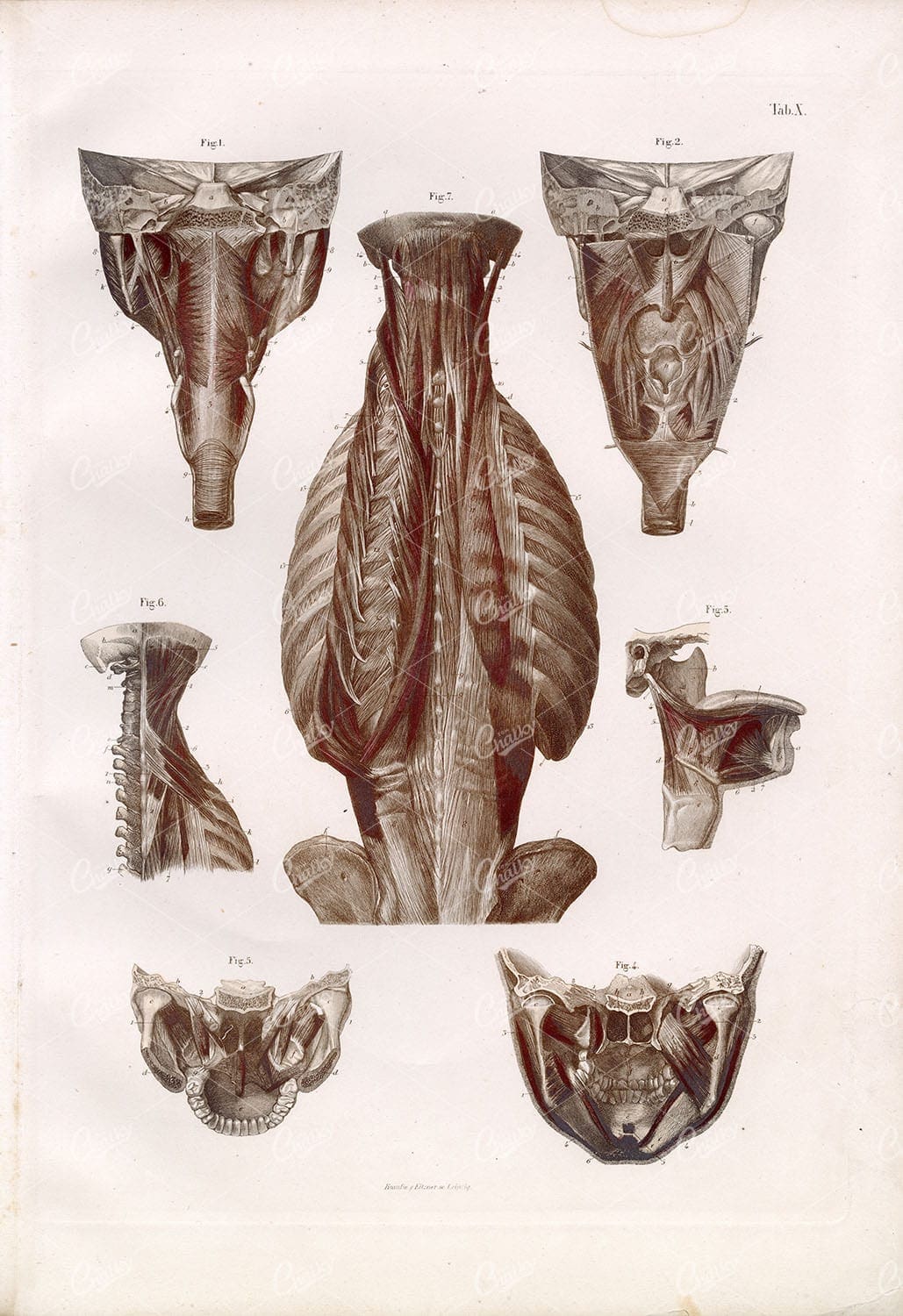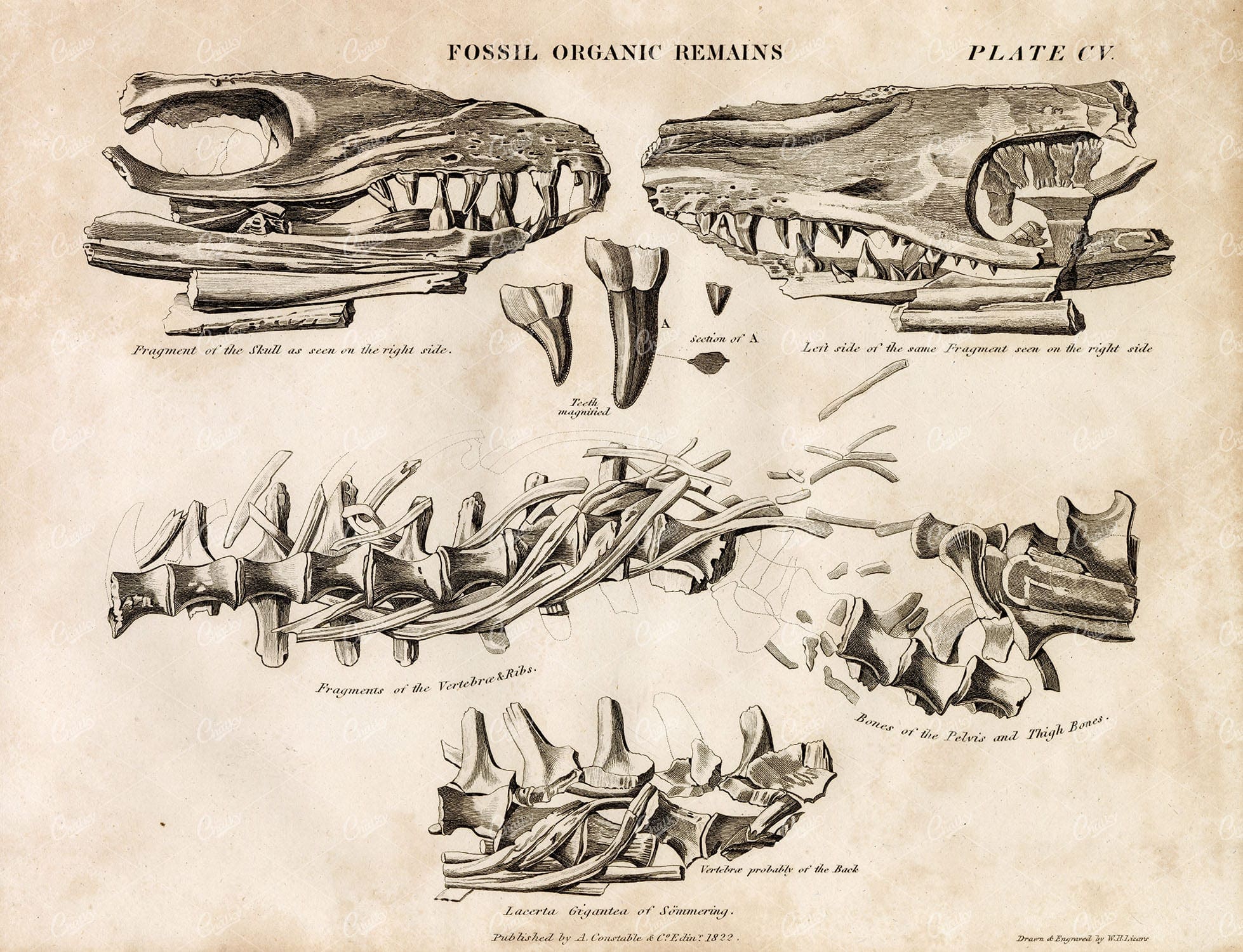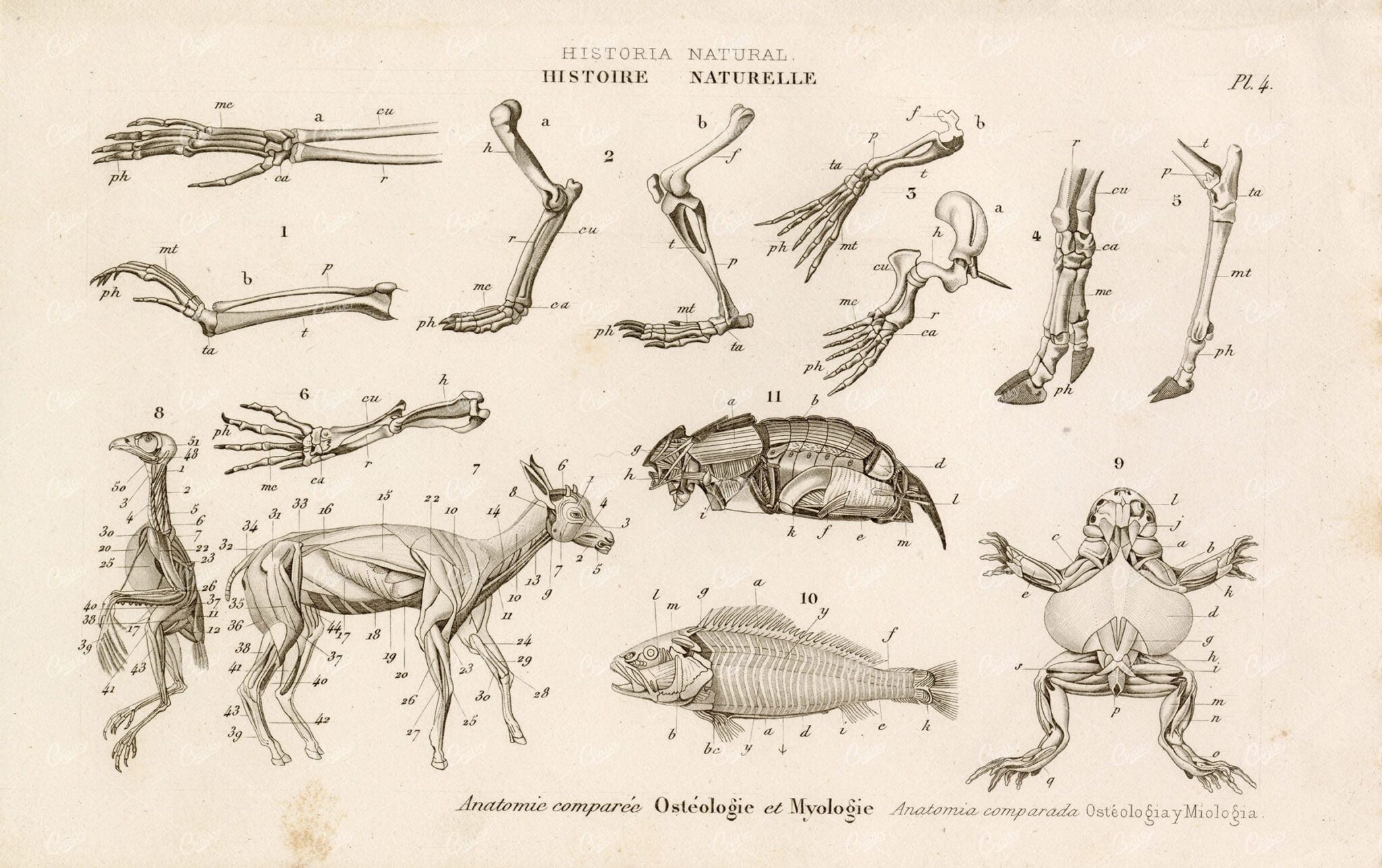
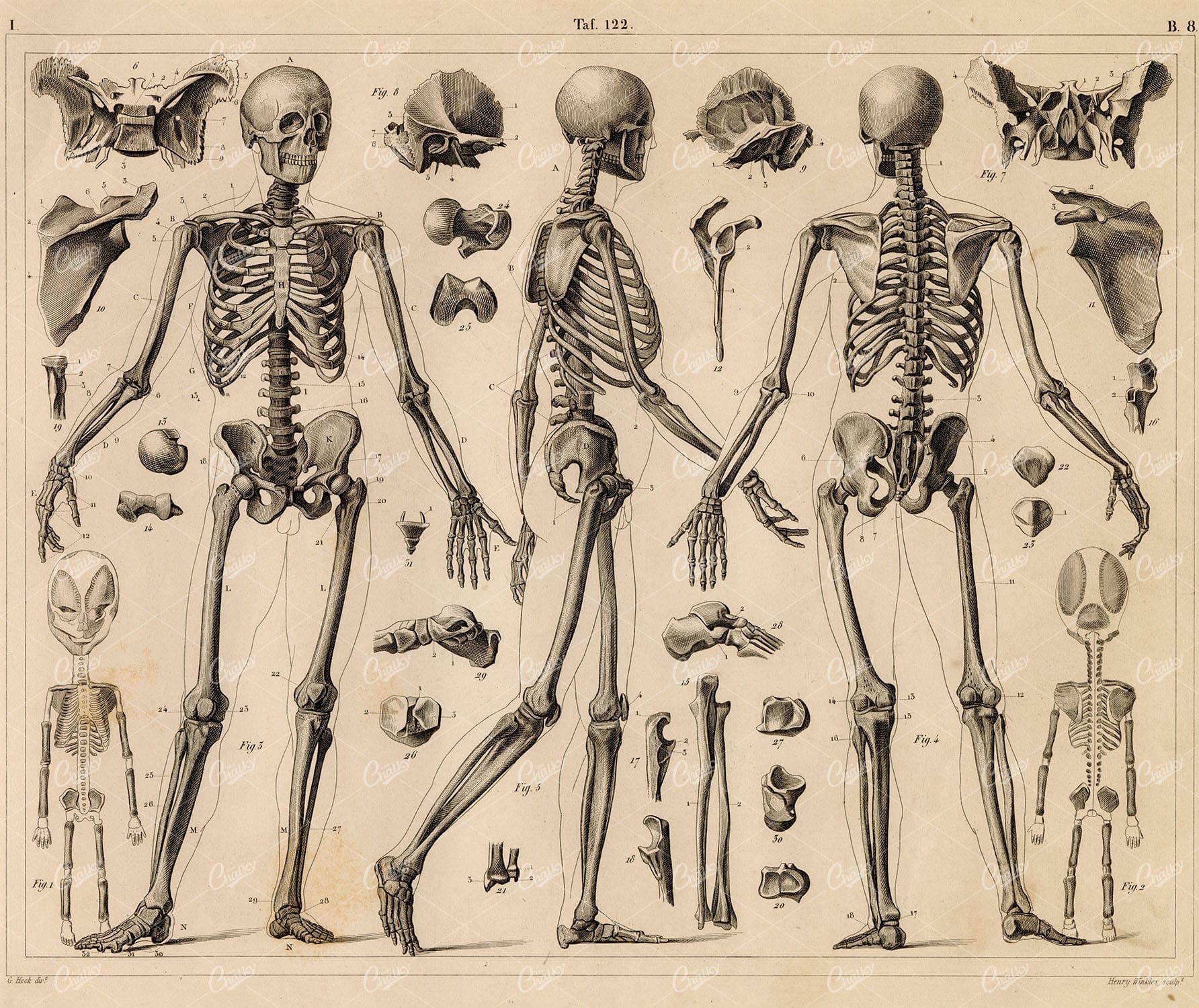

ANTHROPOLOGY – Anatomy of the Bones – Antique 1851 Original Print
You’re looking at a well preserved original plate from Johann Georg Heck's “Iconographic Encyclopedia of Sciences, Literature and Art” published in 1851 by Rudolphe Garrigue in New York. We were extremely fortunate to acquire the full collection of illustrative prints from the series, which after many months of looking, proved to be very difficult!
- License Info
- Resolution: 9310 x 7828 300dpi
- Year of Print: 1851
- Artist: Johann Georg Heck
From this collection


Line Art of Wild Sheep Skull in Detailed PNG Format
Line art illustration of a wild sheep skull, rendered in PNG format for easy use, depicting the intricate details of the horn and bone structure
- Resolution: 3562px x 2135px
- Image Type(s): PNG
From this collection


ANATOMY – Antique Human Skeleton Print – RARE 1800s Artwork
You're looking at an Original pre-1820's Antique Engraving from a rare copy of Abraham Rees' "The Cyclopaedia; or, UNIVERSAL DICTIONARY OF ARTS, SCIENCES, and LITERATURE" (Published 1820 by Longman, Hurst, Rees, Orme)
- License Info
- Resolution: 9350 x 7400 300dpi
- Year of Print: 1800s
- Artist: Abraham Rees
From this collection
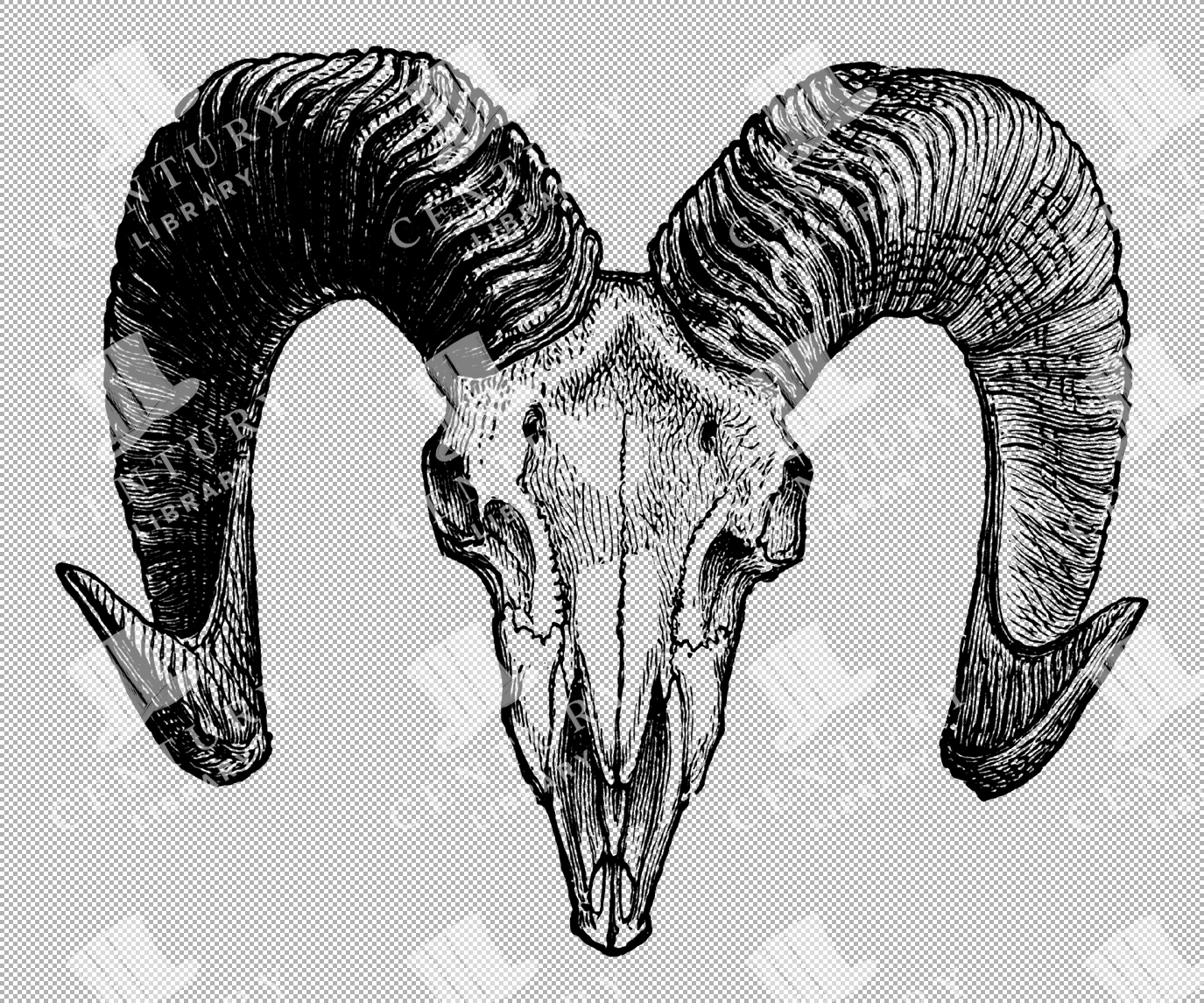

Tibetan Argali Skull Line Art with Majestic Curved Horns
Tibetan Argali skull line art illustration with large curling horns, focusing on the majestic and robust structure of this wild sheep species
- Resolution: 1846px x 1315px
- Image Type(s): PNG
From this collection


Human Anatomy Clipart – Isolated PNG and SVG Lineart Medical Illustrations
You're looking at a restored set of 6 human anatomy lineart illustrations: More specifically, the Intestines, the ear and the ear canal, the eye and all its veins, nerves and arteries, the lower jaw bone, and the foot. Each anatomical image was extracted from its original background and converted to the following image formats: SVG (vector), EPS (vector), and, of course, PNG (300dpi raster image with transparent background).
- Image Type(s): EPS, SVG, PNG
Related Images


Vintage Illustration of Arabica Male Skull with Detailed Horns from the 1800s
This 1800s illustration shows a detailed skull of an Arabica male with prominent, spiral horns, exemplifying the anatomical features of this unique species.
- Resolution: 1770px x 2079px
- Image Type(s): PNG
From this collection
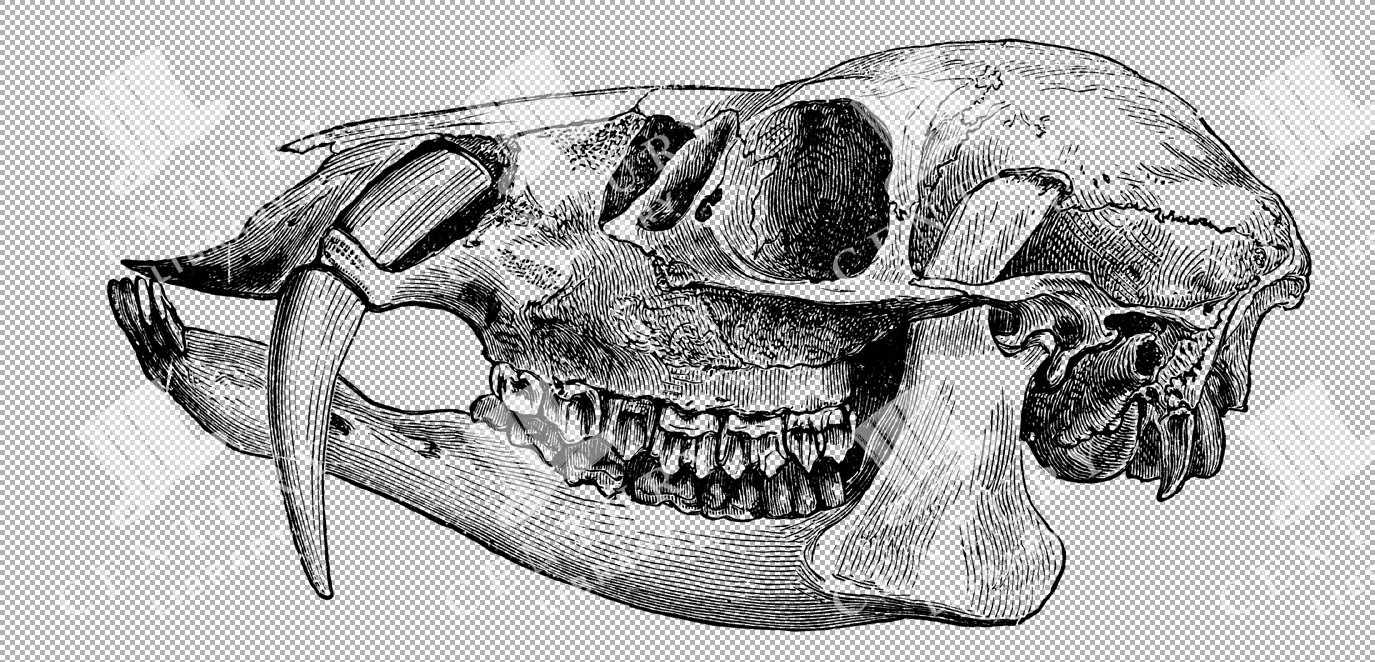

Detailed Illustration of Chinese Water Deer Skull in Line Art
Detailed line art of a Chinese Water Deer skull, highlighting its distinct features and tusks in a realistic and anatomical style
- Resolution: 3069px x 1478px
- Image Type(s): PNG
From this collection
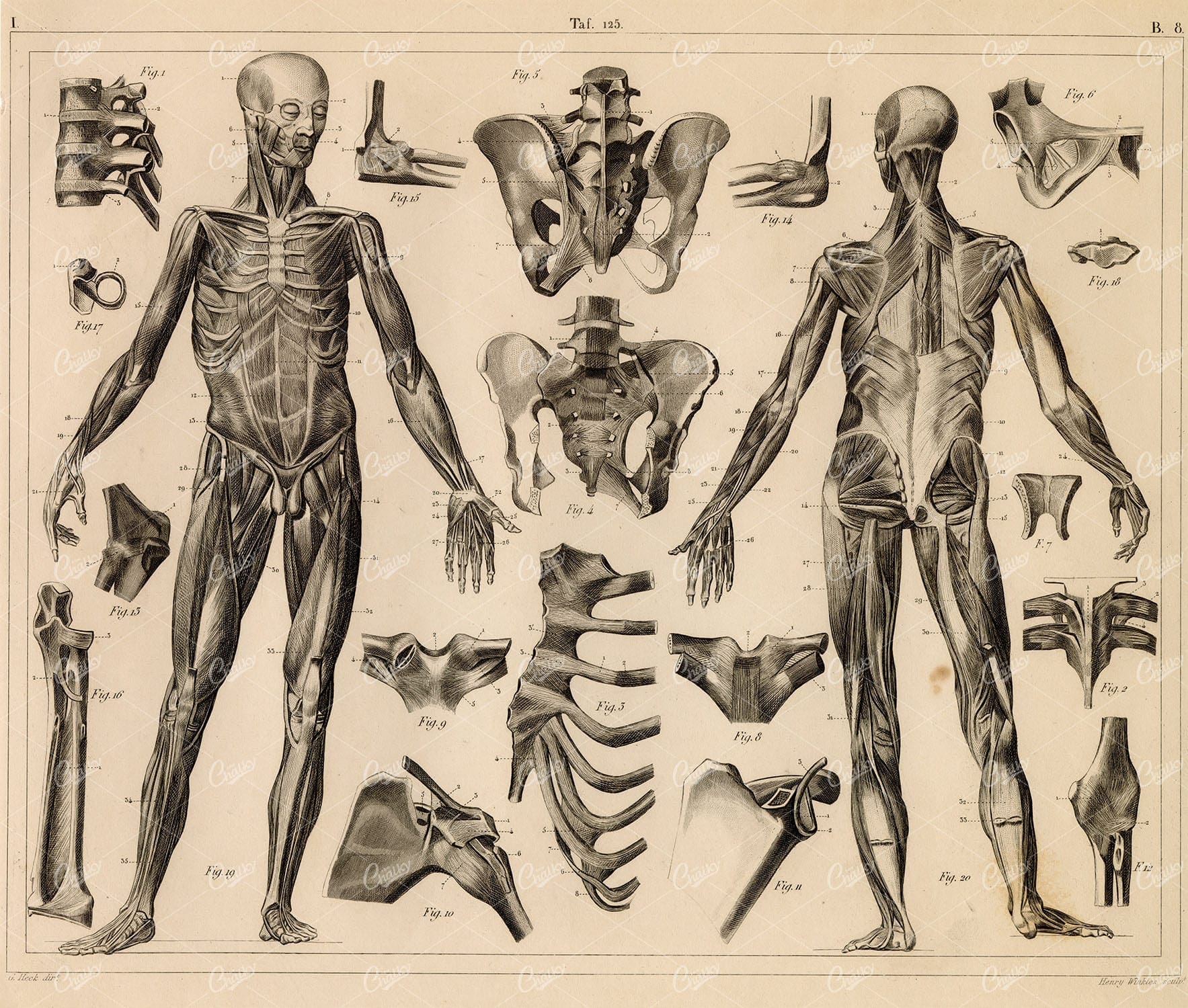

ANTHROPOLOGY – Anatomy of the Muscles and Ligaments – 1851 Print
You’re looking at a well preserved original plate from Johann Georg Heck's “Iconographic Encyclopedia of Sciences, Literature and Art” published in 1851 by Rudolphe Garrigue in New York. We were extremely fortunate to acquire the full collection of illustrative prints from the series, which after many months of looking, proved to be very difficult!
- License Info
- Resolution: 9365 x 7949 300dpi
- Year of Print: 1851
- Artist: Johann Georg Heck
From this collection


Line Art of Pamir Sheep Skull with Expansive Curved Horns
Illustration of a Pamir sheep skull featuring wide curling horns, emphasizing the intricate bone structure and natural form in detailed line art
- Resolution: 4495px x 1511px
- Image Type(s): PNG
From this collection


Set of Human Arm Anatomy Clipart Illustrations in PNG, SVG, and EPS Image Formats
You're looking at a wonderfully restored set of 6 anatomically correct human arm illustrations. Each anatomy image was extracted from its original background and converted to the following image formats: SVG (vector), EPS (vector), and, of course, PNG (300dpi raster image with transparent background).
- Image Type(s): EPS, SVG, PNG
Related Images
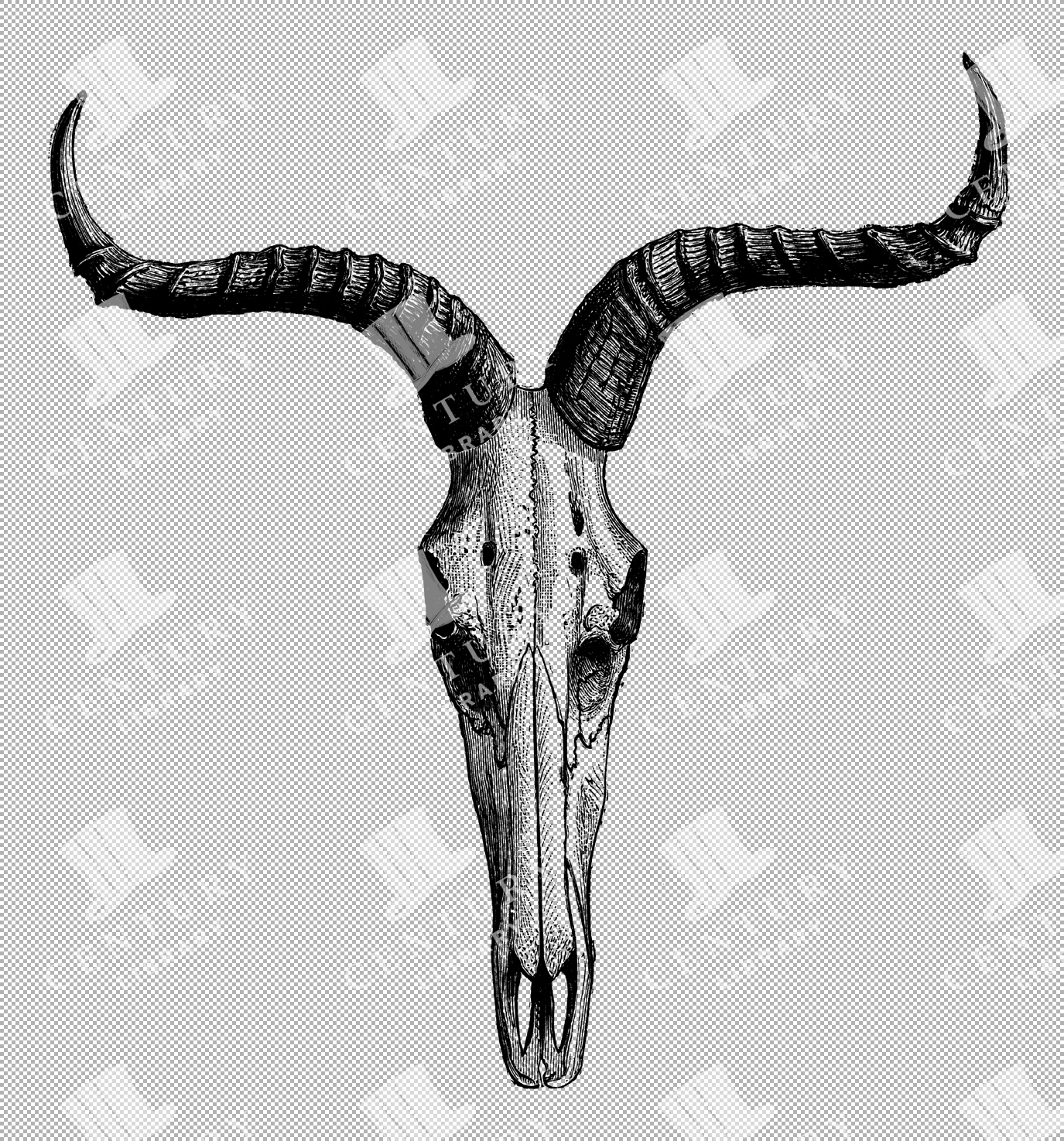

Swayne’s Hartebeest Skull Illustration with Striking Horns
Illustration of a Swayne's Hartebeest skull with prominent devilish horns, depicted in detailed line art for a bold and striking representation
- Resolution: 3317px x 3559px
- Image Type(s): PNG
From this collection
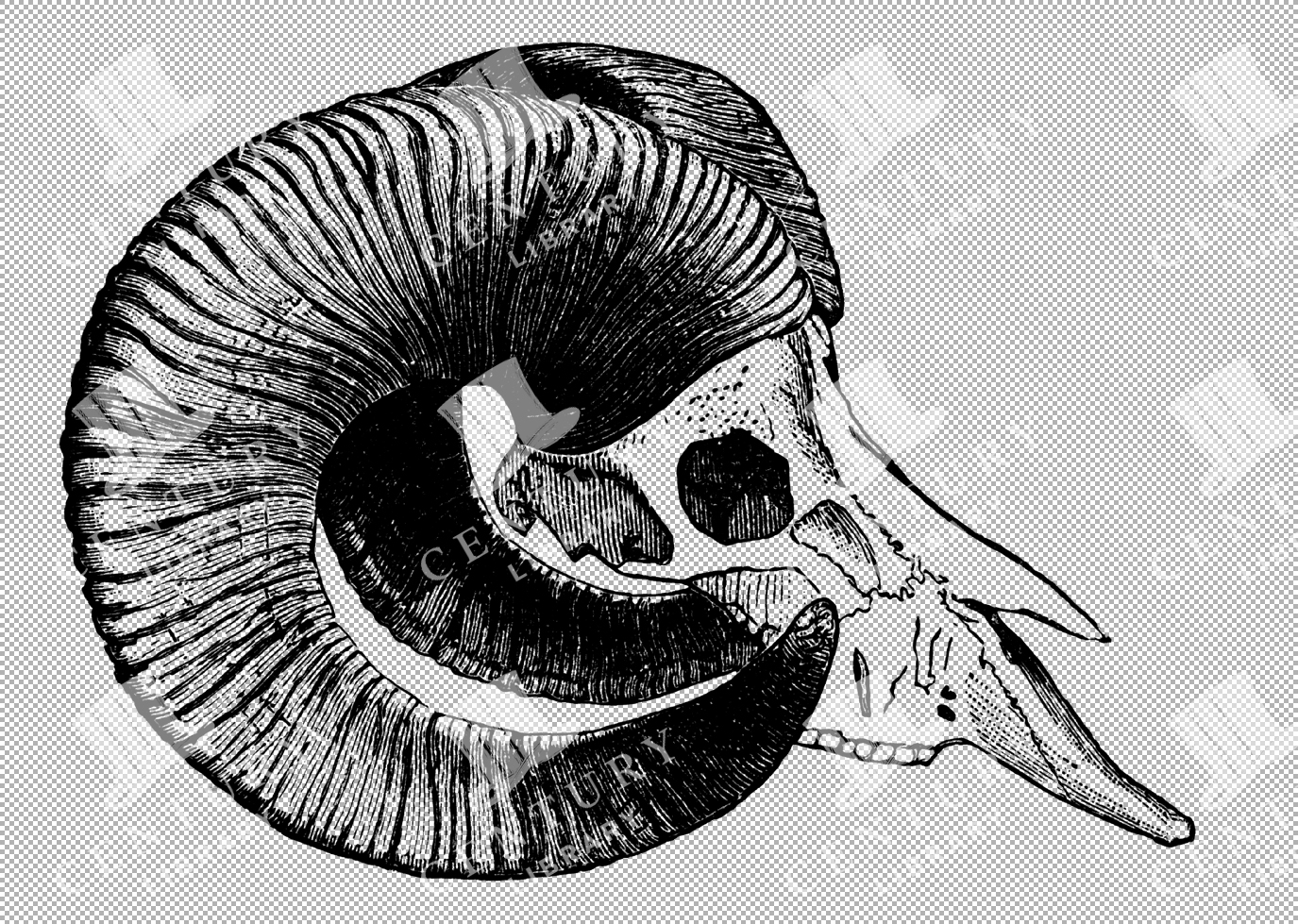

Side Profile of Tibetan Argali Skull with Prominent Curling Horns
Side view illustration of a Tibetan Argali skull with expansive curling horns, showcasing the detailed bone structure in line art format
- Resolution: 1764px x 1469px
- Image Type(s): PNG
From this collection
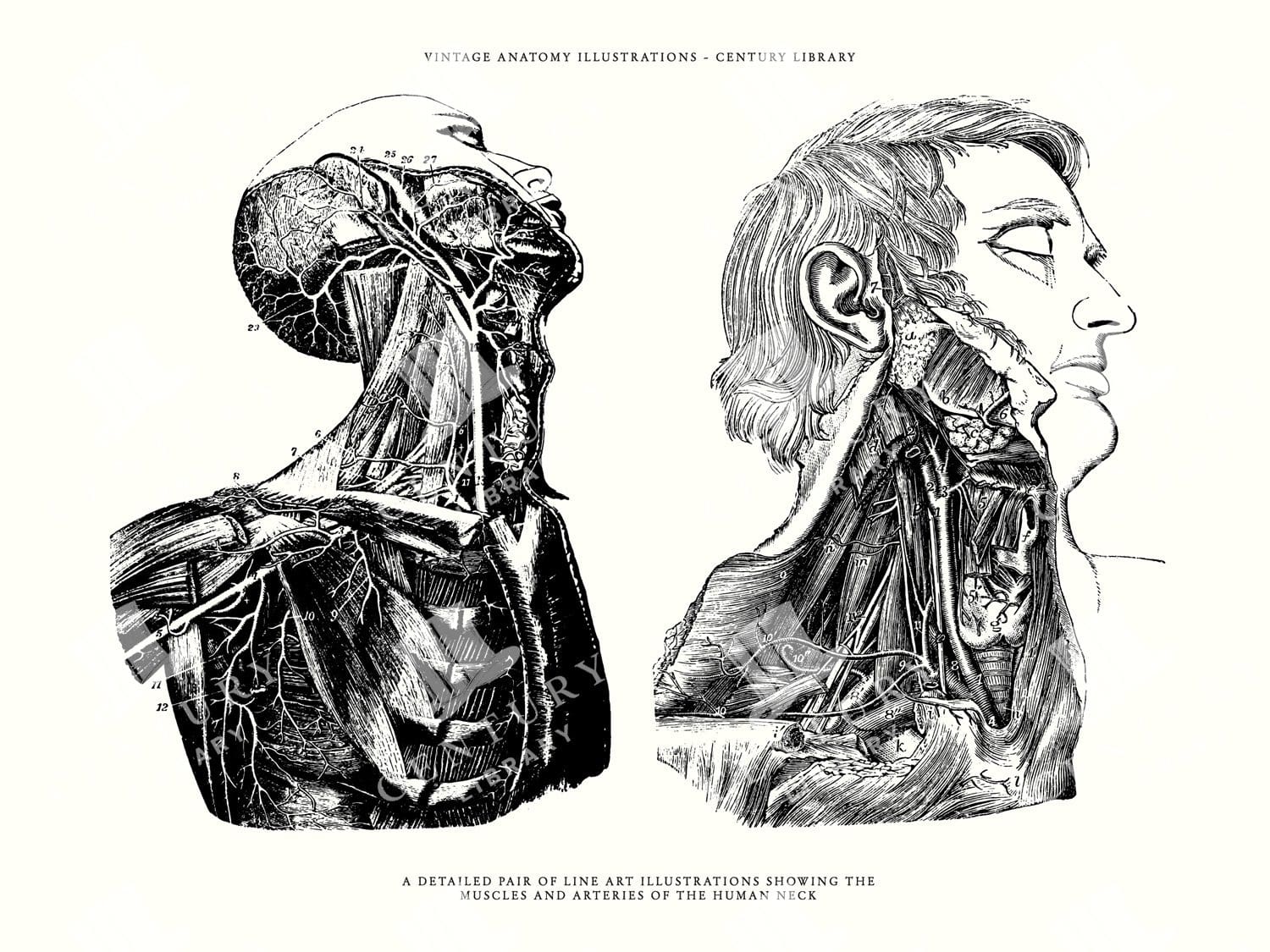

Isolated Human Head Line Art – Anatomy Illustrations in PNG, SVG, and EPS Image Formats
You're looking at a wonderfully restored set of 2 anatomically correct human neck and head illustrations. Each anatomy image was extracted from its original background and converted to the following image formats: SVG (vector), EPS (vector), and, of course, PNG (300dpi raster image with transparent background).
- Image Type(s): EPS, SVG, PNG
Related Images


Vintage Engraving of a Samothere Skull in Detailed Line Art
A vintage engraving of a Samothere skull, highlighting the distinct features of this extinct species in detailed line art on a transparent background
- Resolution: 3351px x 1823px
- Image Type(s): PNG
From this collection
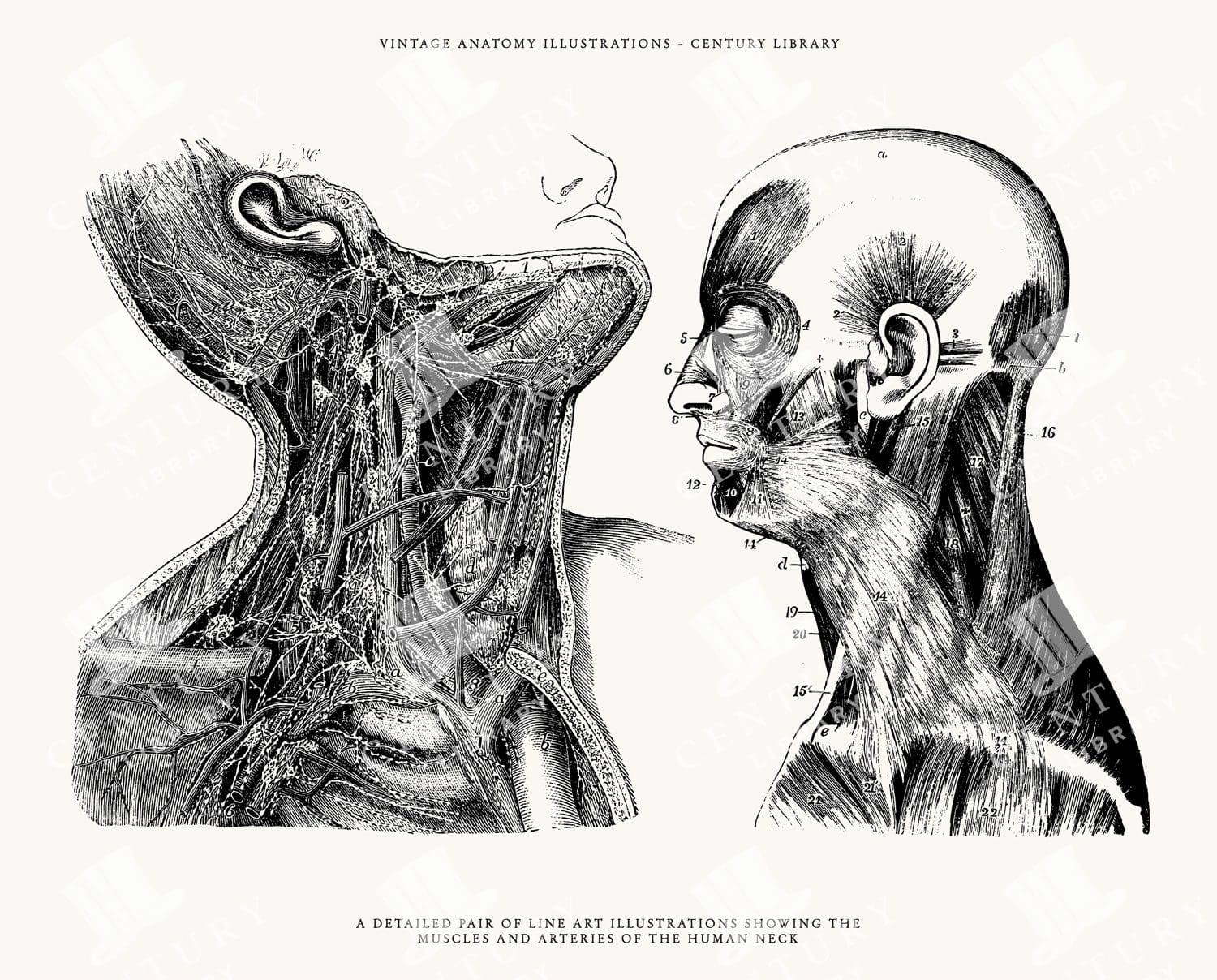

Isolated Human Head Line Art – Anatomy Illustrations in PNG, SVG, and EPS Image Formats
You're looking at a wonderfully restored set of 2 anatomically correct human neck and head illustrations. Each anatomy image was extracted from its original background and converted to the following image formats: SVG (vector), EPS (vector), and, of course, PNG (300dpi raster image with transparent background).
- Image Type(s): EPS, SVG, PNG
From this collection


Anatomy of a Horse PNG Clipart – Vector SVG and EPS Formats are also included!
both of the originals are also included as separate images within the download. These vintage illustrations were extracted from their original backgrounds and converted to the following image formats: SVG (vector), EPS (vector), and, of course, PNG (300dpi raster image with transparent background).
- Image Type(s): EPS, SVG, PNG
Related Images
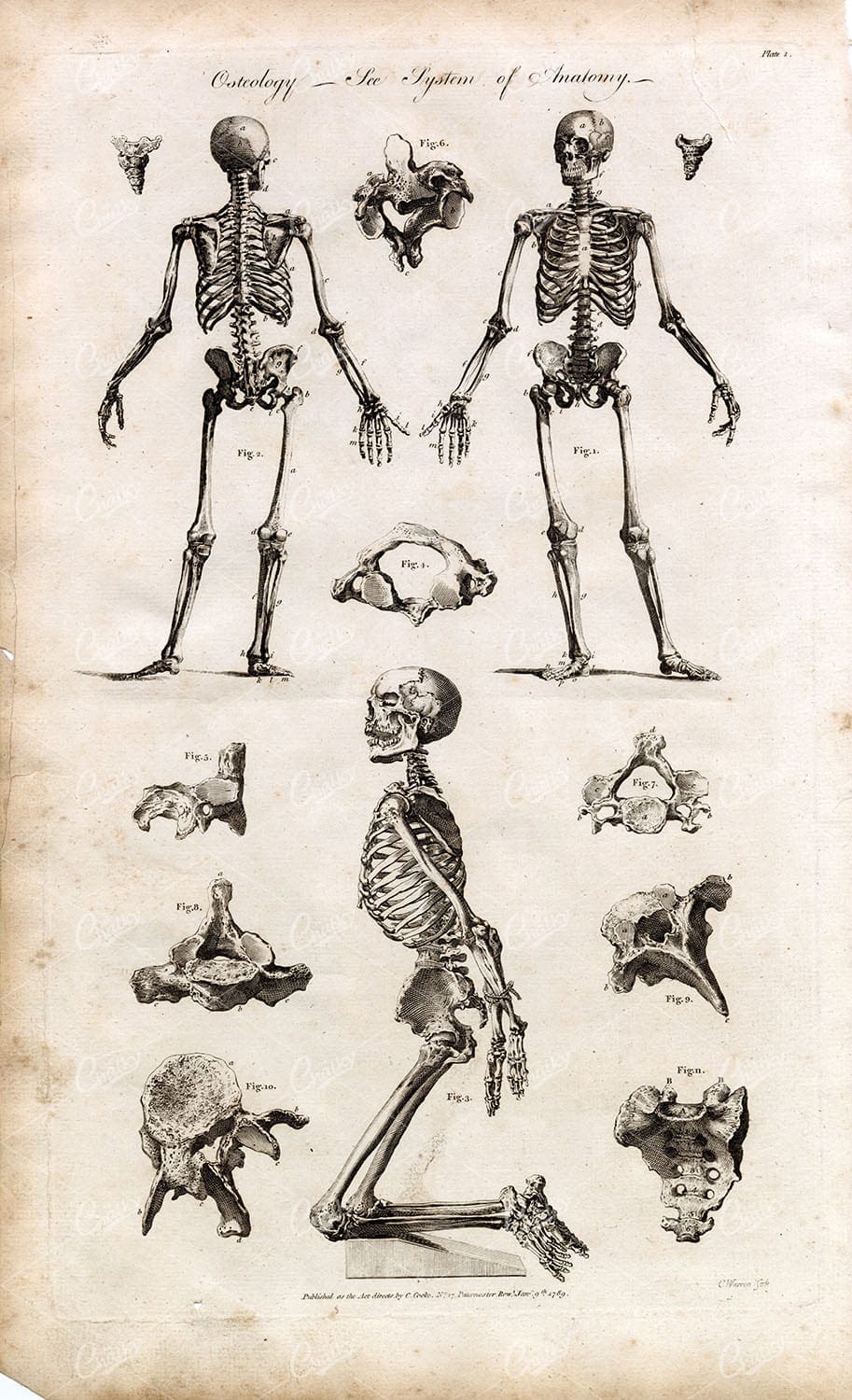

HUMAN ANATOMY – Full Body Skeleton (Osteology) – 1791 Engraving
You're looking at a scarce, 229 year old, steel plate engraving from the original "The New Encyclopaedia Or Modern Universal Dictionary Of Arts And Sciences On A New And Improved Plan" by Hall, William Henry, Bedford Row, London, published by C Cooke, London.
- License Info
- Resolution: 8300 x 13800 300dpi
- Year of Print: 1791
- Artist: C. Cooke
Related Images


Set of Human Arm Clipart – Anatomy Illustrations in PNG, SVG, and EPS Image Formats
ou're looking at a wonderfully restored set of 6 anatomically correct human arm illustrations. Each anatomy image was extracted from its original background and converted to the following image formats: SVG (vector), EPS (vector), and, of course, PNG (300dpi raster image with transparent background).
- Image Type(s): EPS, SVG, PNG
Related Images
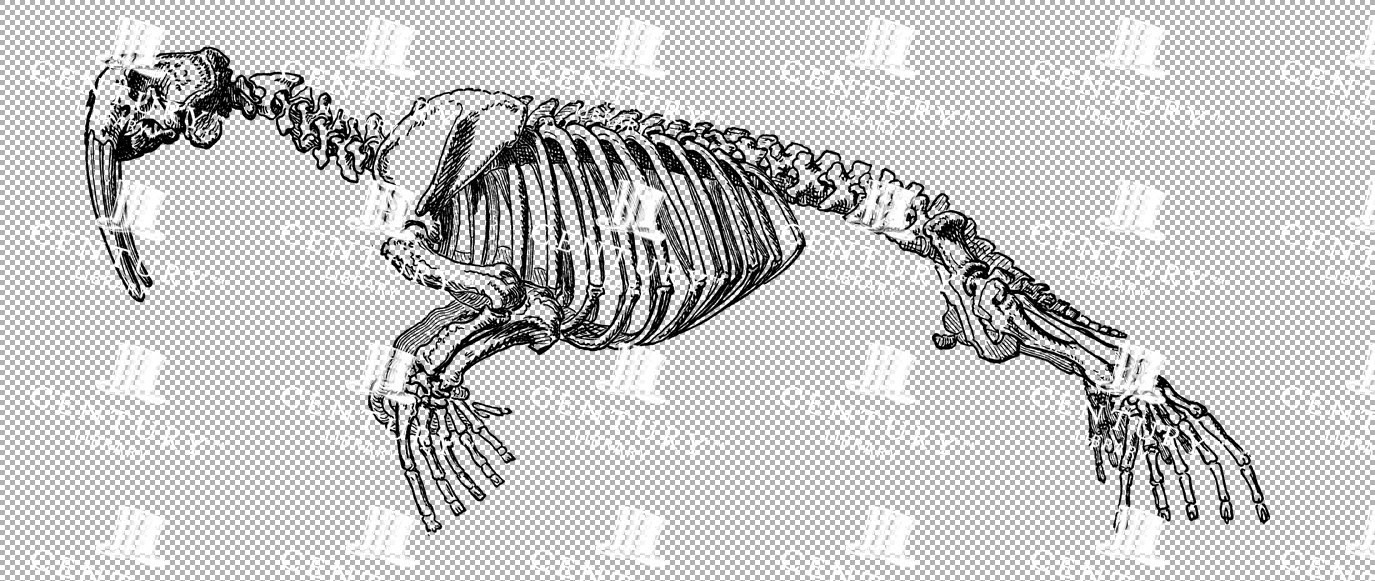

Walrus Skeleton Detailed Line Art Illustration
Detailed line art illustration of a walrus skeleton, highlighting the robust bone structure and unique tusks of this marine mammal
- Resolution: 4573px x 1930px
- Image Type(s): PNG
From this collection


Set of Human Leg Clipart – Anatomy Illustrations in PNG, SVG, and EPS Image Formats
You're looking at a wonderfully restored set of 4 anatomically correct human leg illustrations. Each anatomy image was extracted from its original background and converted to the following image formats: SVG (vector), EPS (vector), and, of course, PNG (300dpi raster image with transparent background).
- Image Type(s): EPS, SVG, PNG
Related Images
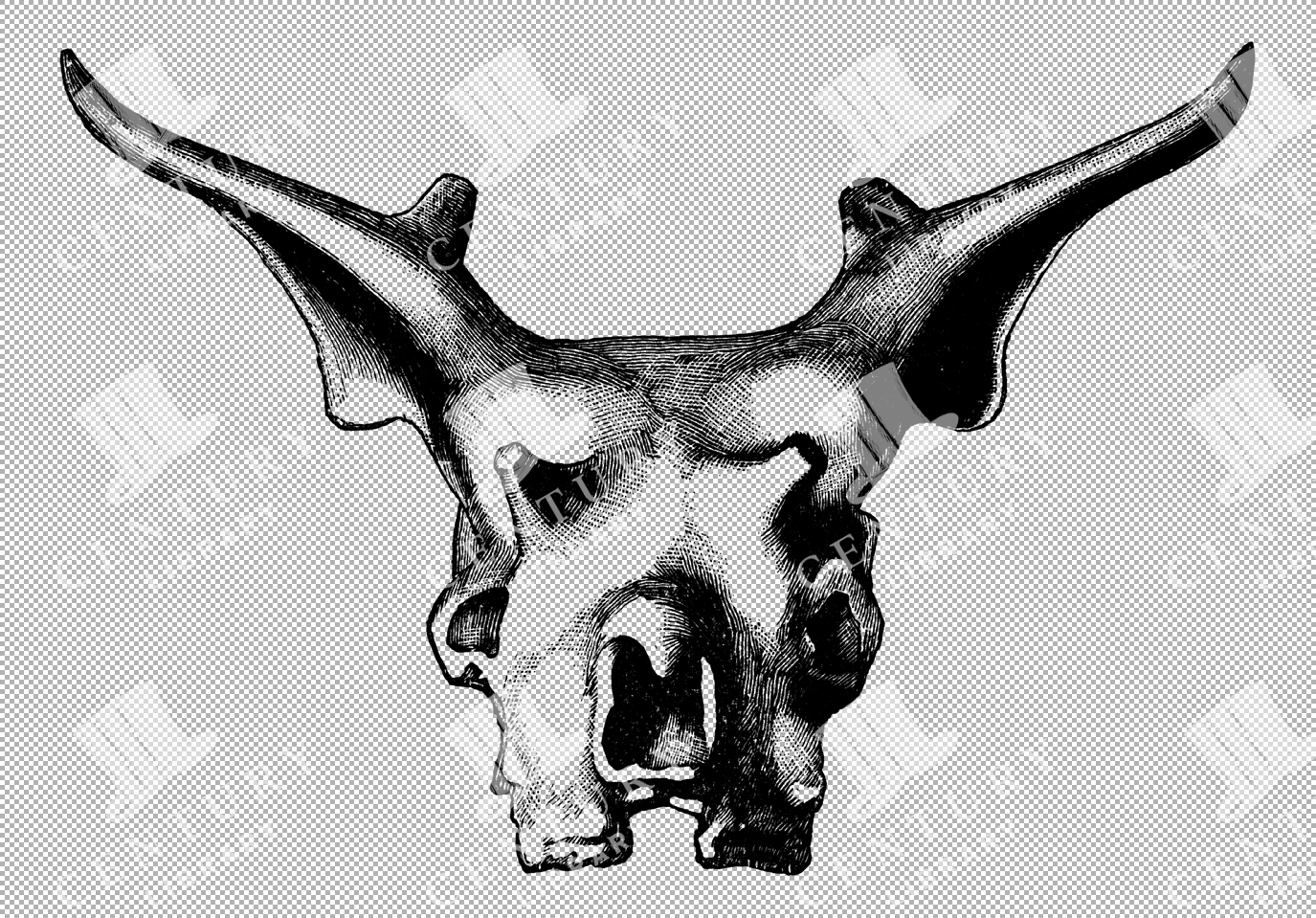

Antique Line Art of a Sivathere Skull with Distinct Features
A line art illustration of a Sivathere skull, showcasing its unique prehistoric features with fine details and traditional engraving style
- Resolution: 3139px x 2191px
- Image Type(s): PNG
From this collection
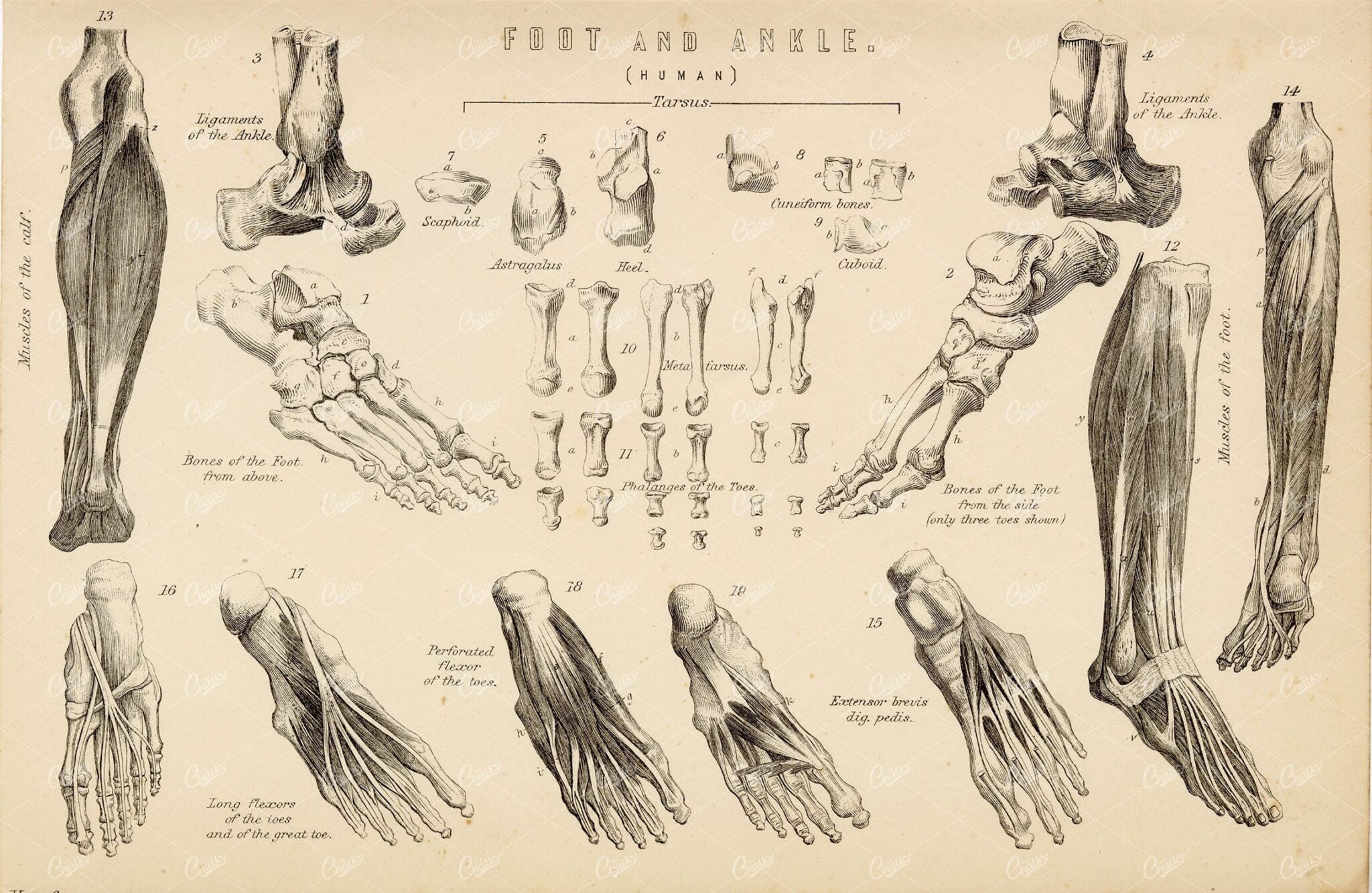

ANATOMY – Ligaments of Foot and Ankle – Antique 1880 Artwork
An original Antique Plate scan from the National Encyclopaedia: A Dictionary of Universal Knowledge. Published by William Mackenzie in 1880. Click on the Artist's name to see the full collection from this series!
- License Info
- Resolution: 8600 x 5500 300dpi
- Year of Print: 1880
- Artist: William Mackenzie
From this collection
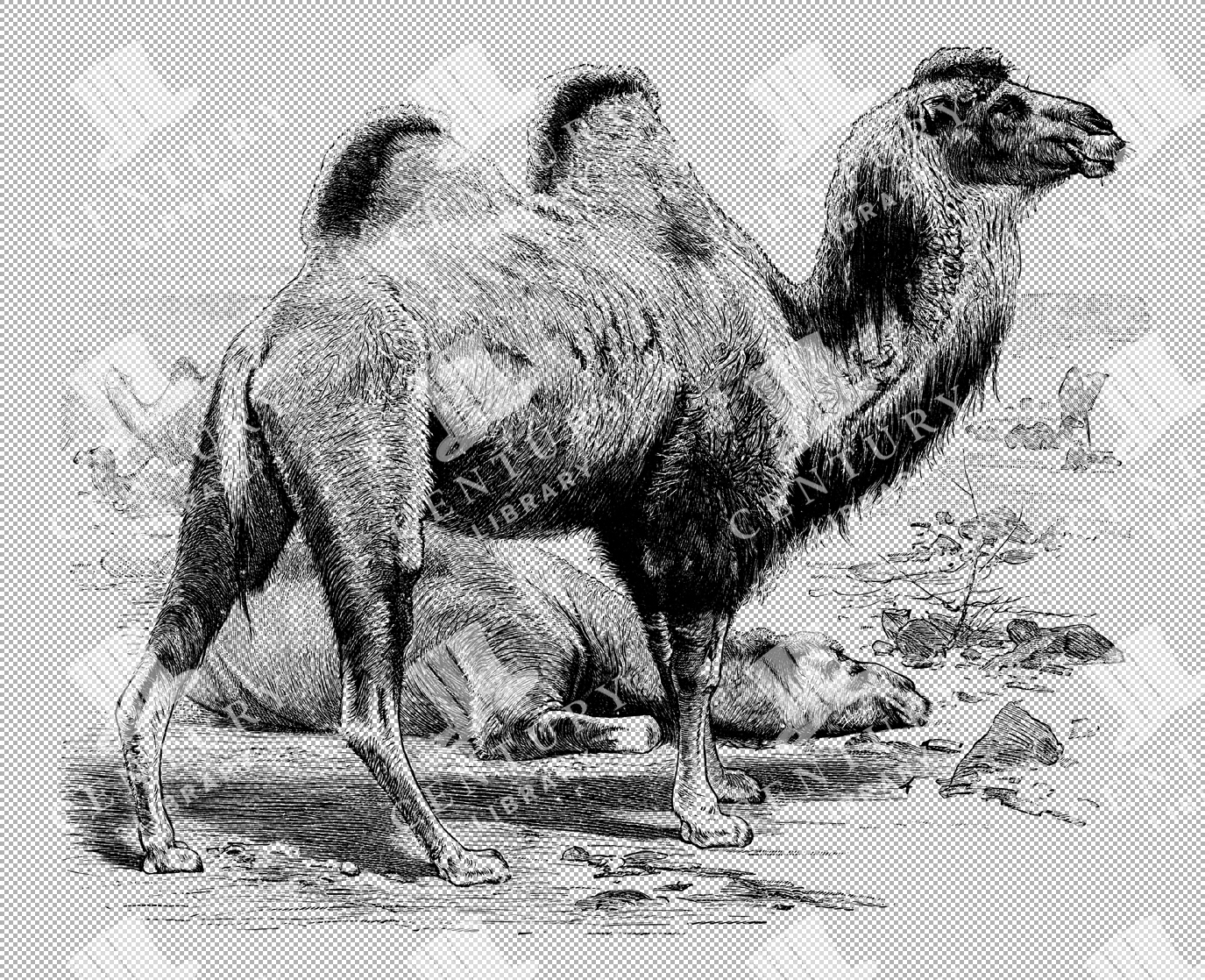

Bactrian Camels in Desert One Standing One Lying Line Art
Illustration of two Bactrian Camels in a desert setting, with one standing and another lying in the background, captured in detailed line art
- Resolution: 4745px x 3861px
- Image Type(s): PNG
Related Images
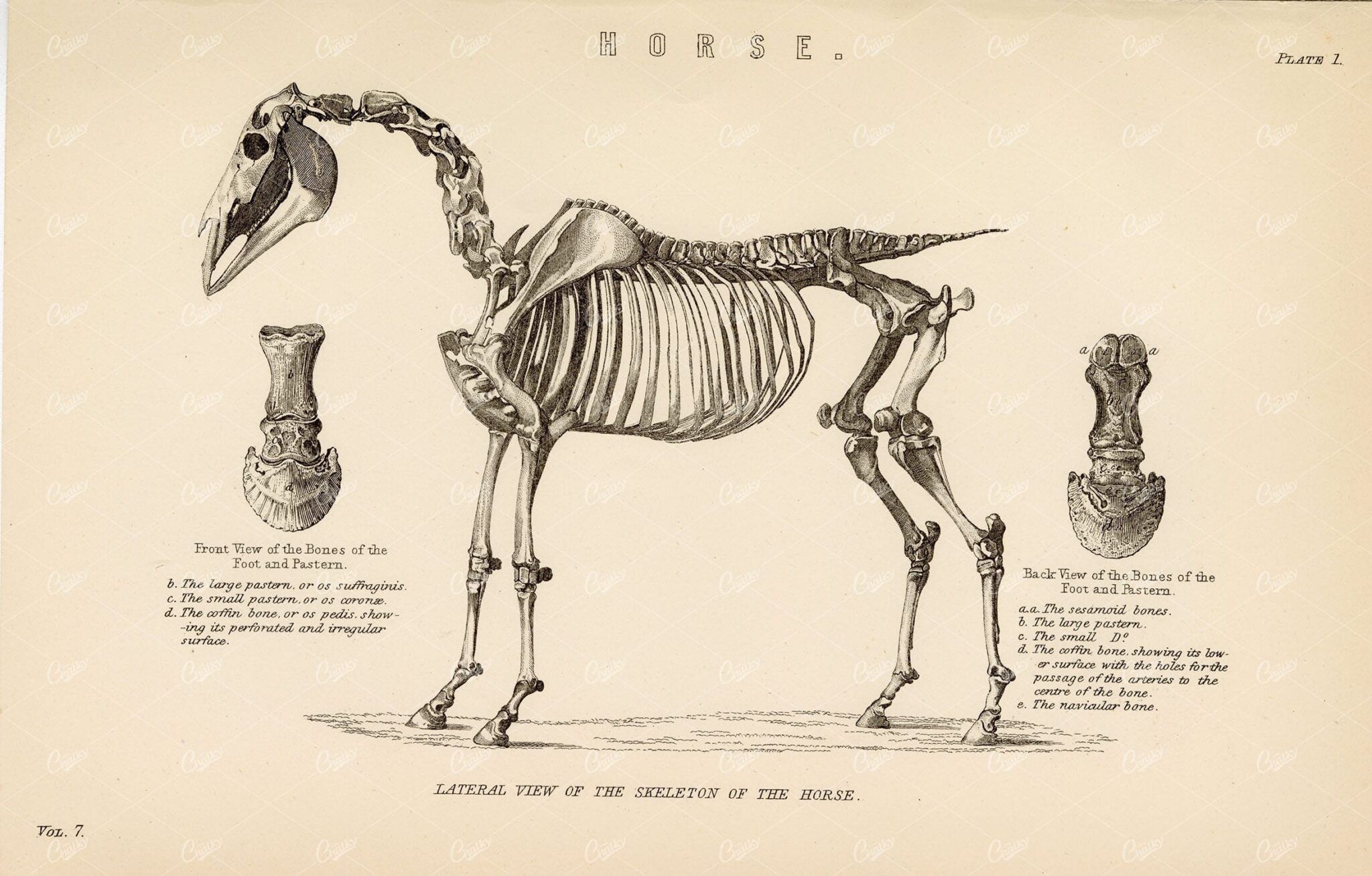

HORSE Lateral View of the Skeleton of the Horse. Vintage 1880 Stock Image
An original Antique Plate scan from the National Encyclopaedia: A Dictionary of Universal Knowledge. Published by William Mackenzie in 1880. Click on the Artist's name to see the full collection from this series!
- License Info
- Resolution: 7594 x 10009 300dpi
- Year of Print: 1880
- Artist: William Mackenzie
From this collection


Spotted Dogfish Anatomy Illustration with Detailed Labels
Detailed illustration of a Spotted Dogfish with anatomical labels, showcasing the internal and external features of this aquatic species in line art
- Resolution: 4253px x 939px
- Image Type(s): PNG
Related Images


SKELETON of a Bear and Monkey – Scarce Antique Animal ANATOMY Engraving
You're looking at a scarce, 229 year old, steel plate engraving from the original "The New Encyclopaedia Or Modern Universal Dictionary Of Arts And Sciences On A New And Improved Plan" by Hall, William Henry, Bedford Row, London, published by C Cooke, London.
- License Info
- Resolution: 8300 x 13800 300dpi
- Year of Print: 1791
- Artist: C. Cooke
Related Images
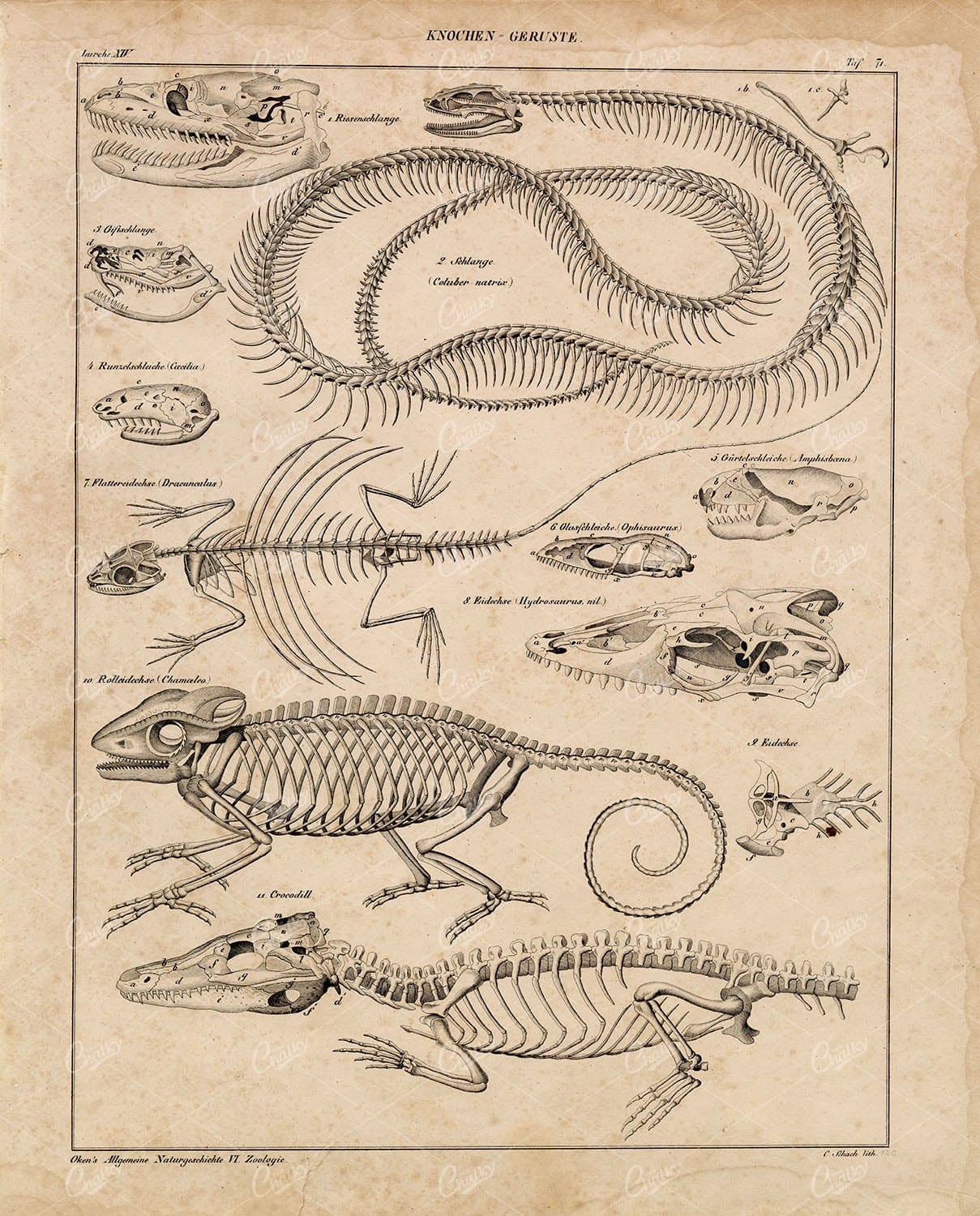

ANATOMY – Reptile Skeletons – Chameleon, Crocodile and More – Lithograph
Original Colour Vintage Print from Lorenz Okenfuss' 'Oken's Naturgeschichte' (Allgemeine Naturgeschichte für alle Stände), with illustrations by Johann Susemihl (1767-1847), and published in Stuttgart by Hoffman between 1839 and 1841. Lorenz Oken (1 August 1779 - 11 August 1851) was a German naturalist, botanist, biologist, and ornithologist. Oken was born Lorenz Okenfuss (German: Okenfuß) in Bohlsbach (now part of Offenburg), Ortenau, Baden, and studied natural history and medicine at the universities of Freiburg and Würzburg. He went on to the University of Göttingen, where he became a Privatdozent (unsalaried lecturer), and shortened his name to Oken. As Lorenz Oken, he published a small work entitled Grundriss der Naturphilosophie, der Theorie der Sinne, mit der darauf gegründeten Classification der Thiere (1802). This was the first of a series of works which established him as a leader of the movement of "Naturphilosophie" in Germany.
- License Info
- Resolution: 9300 x 11600 300dpi
- Year of Print: 1836
- Artist: Lorenz Oken
From this collection


FOSSIL Megatherium (Royal Cabinet of Madrid Specimen) 1822 Print
- License Info
- Resolution: 7244 x 9508 300dpi
- Year of Print: 1822
Related Images


ANATOMY Various Views of the Nose. 1880 Vintage Stock Image, William Mackenzie
An original Antique Plate scan from the National Encyclopaedia: A Dictionary of Universal Knowledge. Published by William Mackenzie in 1880. Click on the Artist's name to see the full collection from this series!
- License Info
- Resolution: 7594 x 10009 300dpi
- Year of Print: 1880
- Artist: William Mackenzie
From this collection
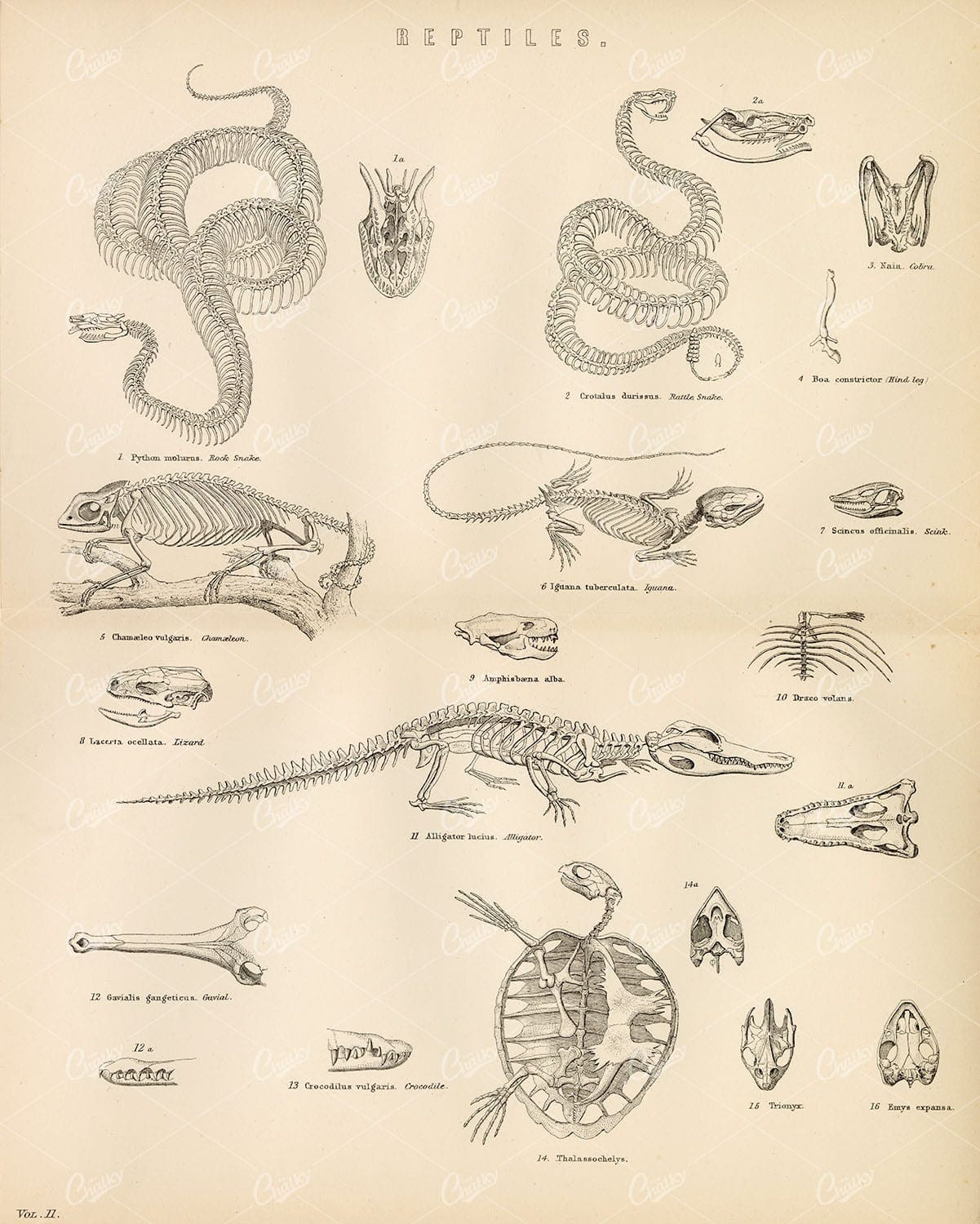

REPTILES, Various Skeletons. Snake, Iguana, Lizard, Alligator. 1880 Stock Image
An original Antique Plate scan from the National Encyclopaedia: A Dictionary of Universal Knowledge. Published by William Mackenzie in 1880. Click on the Artist's name to see the full collection from this series!
- License Info
- Resolution: 7594 x 10009 300dpi
- Year of Print: 1880
- Artist: William Mackenzie
From this collection
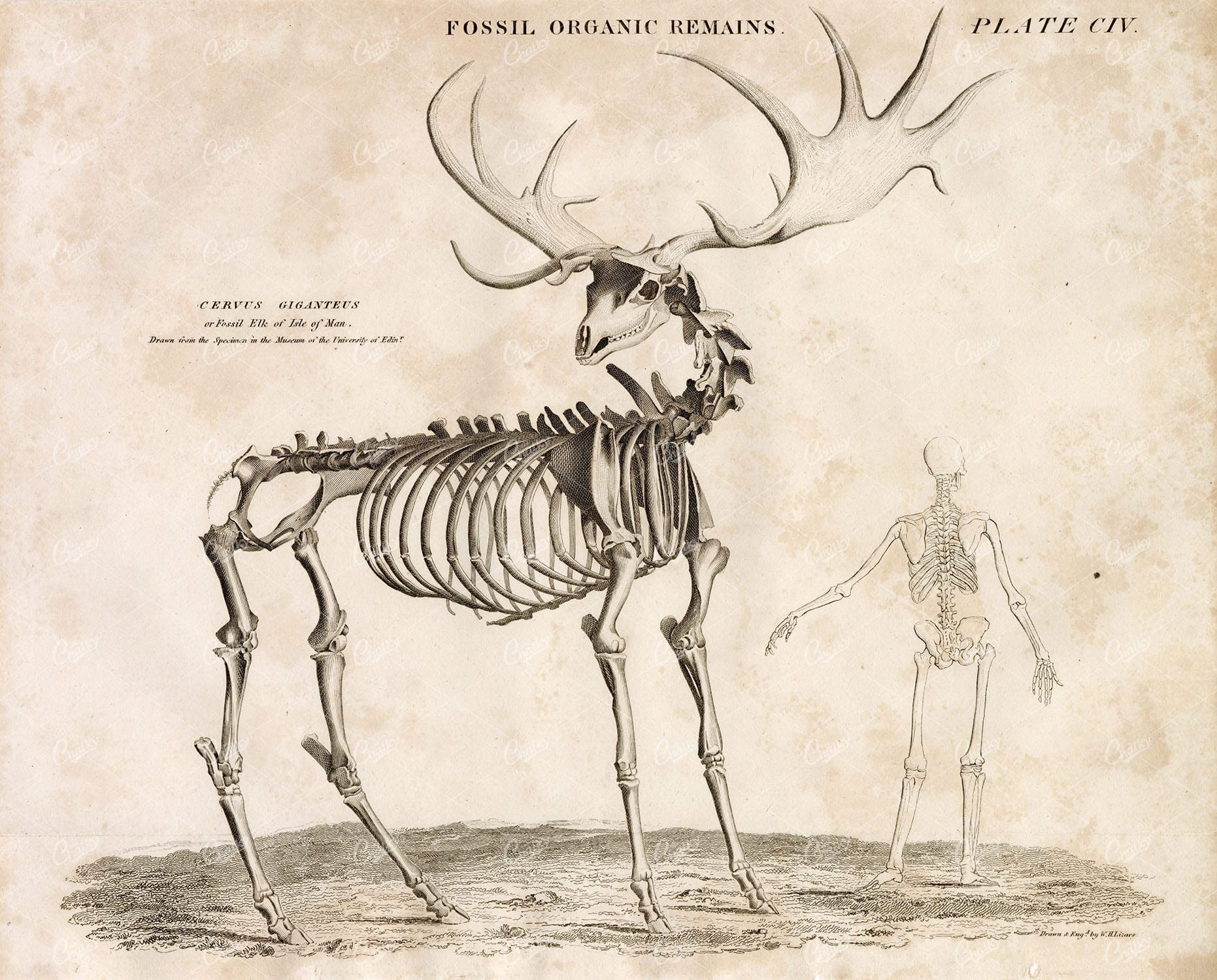

FOSSIL Remains – Giant Elk of Isle of Man (Cervus Giganteus) 1822 Print
- License Info
- Resolution: 9492 x 7646 300dpi
- Year of Print: 1822
Related Images
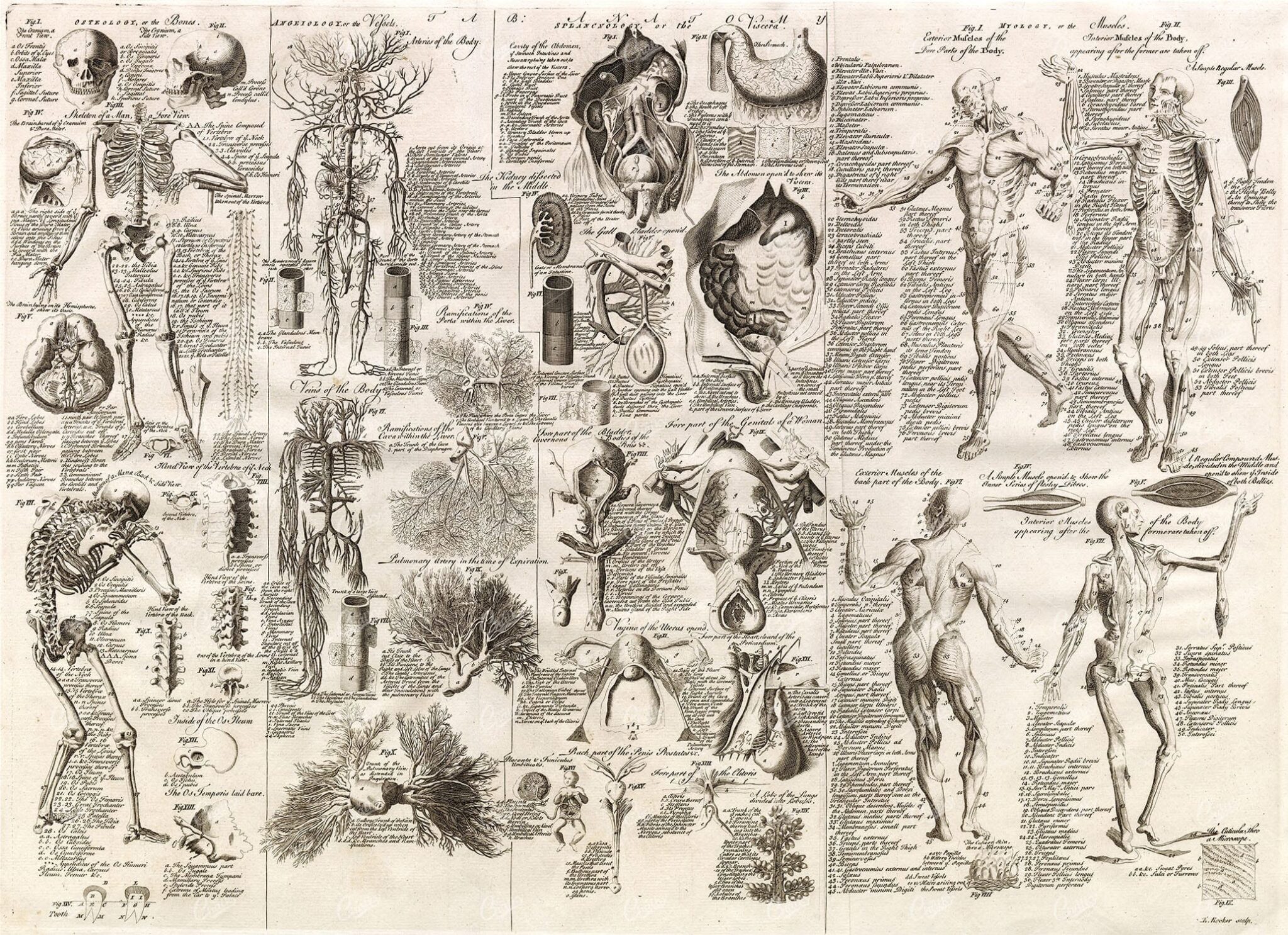

1750 ANATOMY – Large Detailed Skeleton, Nerves, Muscles – Antique Print
You're looking at a very scarce, 270 year old, steel plate engraving from the original "Cyclopaedia or, an Universal Disctionary of Arts and Sciences" by Ephraim Chambers (1750).
- License Info
- Resolution: 18300 x 13300 300dpi
- Year of Print: 1750
- Artist: Ephraim Chambers
Related Images
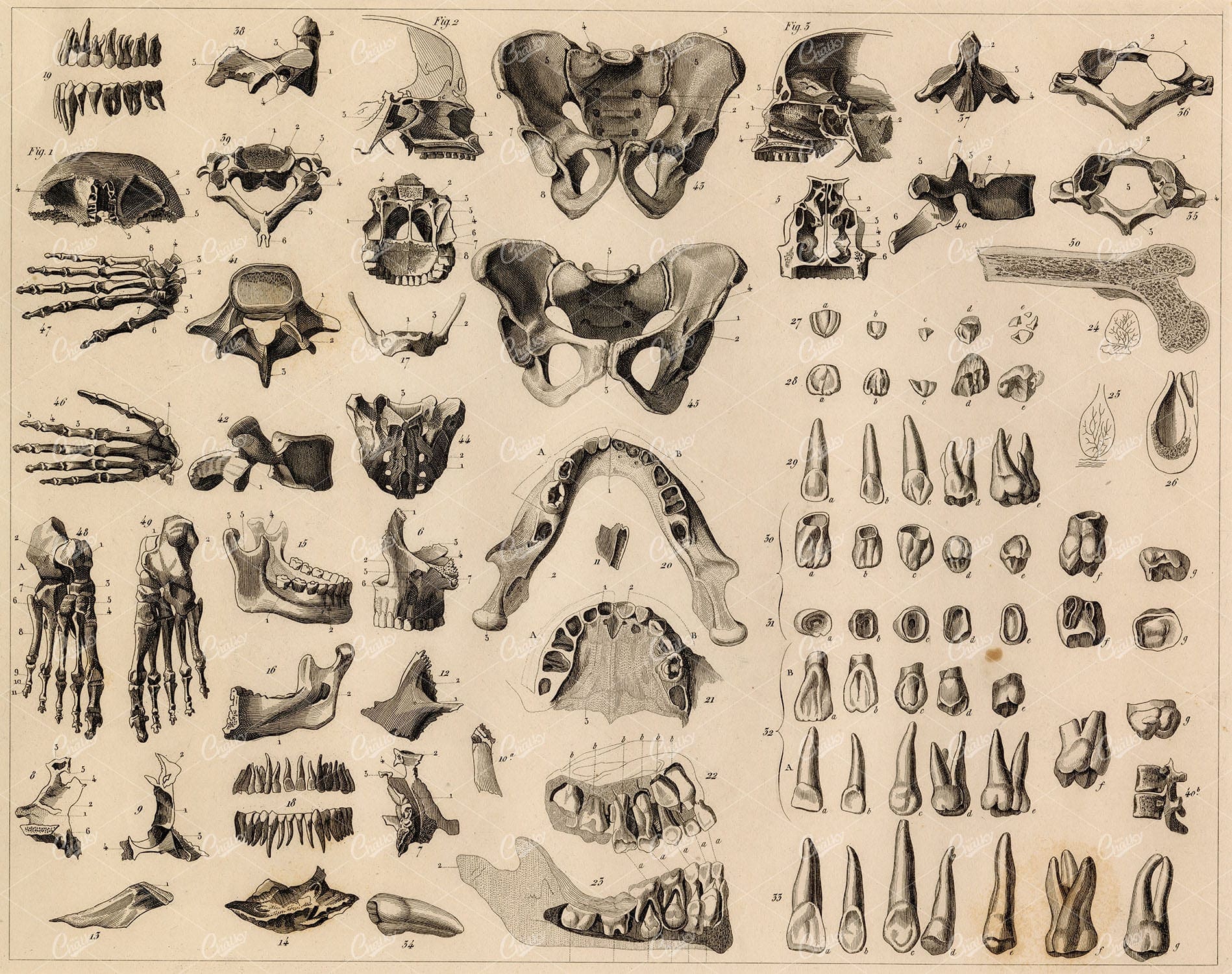

ANTHROPOLOGY – Anatomy of the Bones – Antique 1851 Original Print
You’re looking at a well preserved original plate from Johann Georg Heck's “Iconographic Encyclopedia of Sciences, Literature and Art” published in 1851 by Rudolphe Garrigue in New York. We were extremely fortunate to acquire the full collection of illustrative prints from the series, which after many months of looking, proved to be very difficult!
- License Info
- Resolution: 9148 x 7229 300dpi
- Year of Print: 1851
- Artist: Johann Georg Heck
From this collection
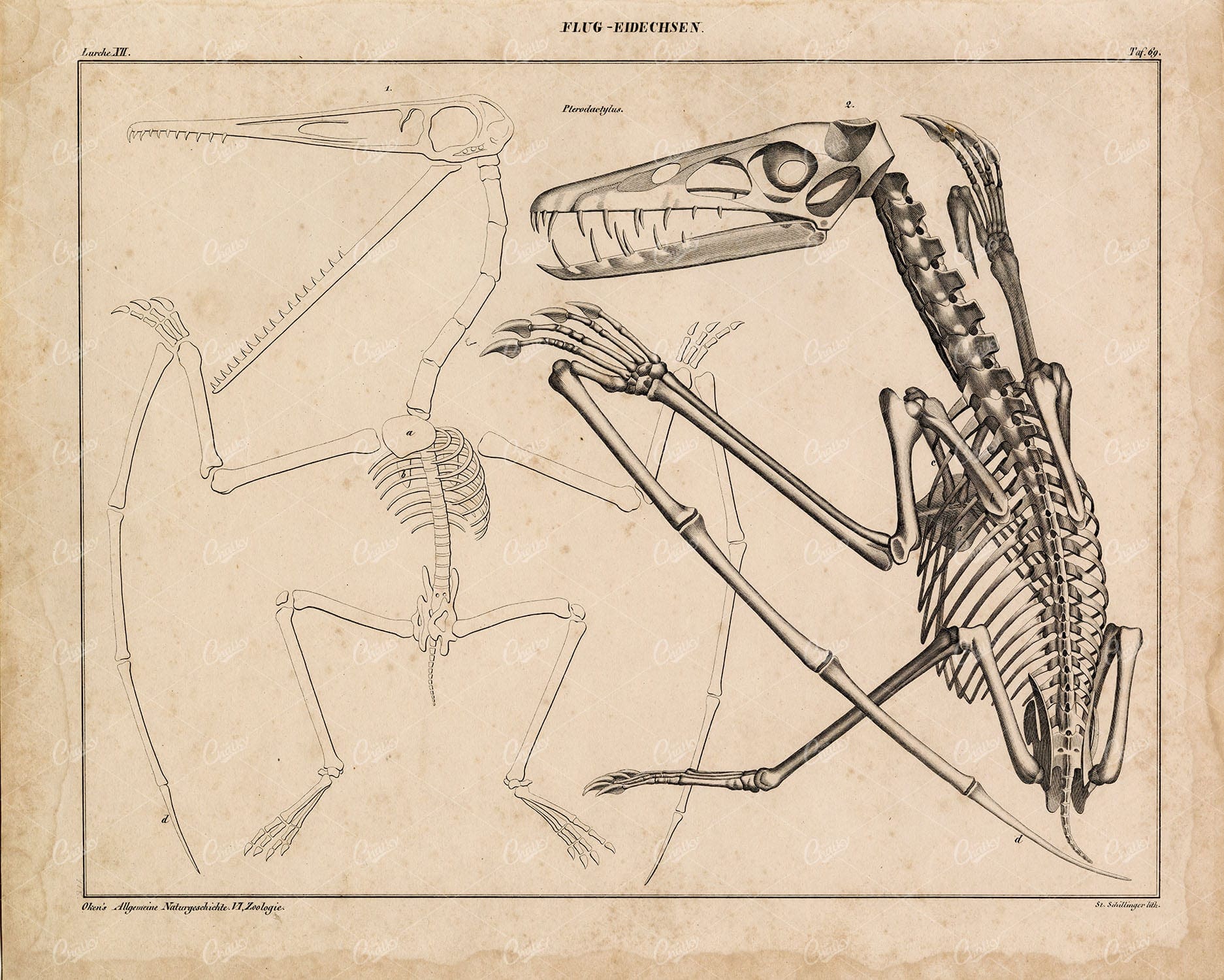

ANIMAL – Flying Lizard Anatomy Skeleton – 1836 Lithography Print
Original Colour Vintage Print from Lorenz Okenfuss' 'Oken's Naturgeschichte' (Allgemeine Naturgeschichte für alle Stände), with illustrations by Johann Susemihl (1767-1847), and published in Stuttgart by Hoffman between 1839 and 1841. Lorenz Oken (1 August 1779 - 11 August 1851) was a German naturalist, botanist, biologist, and ornithologist. Oken was born Lorenz Okenfuss (German: Okenfuß) in Bohlsbach (now part of Offenburg), Ortenau, Baden, and studied natural history and medicine at the universities of Freiburg and Würzburg. He went on to the University of Göttingen, where he became a Privatdozent (unsalaried lecturer), and shortened his name to Oken. As Lorenz Oken, he published a small work entitled Grundriss der Naturphilosophie, der Theorie der Sinne, mit der darauf gegründeten Classification der Thiere (1802). This was the first of a series of works which established him as a leader of the movement of "Naturphilosophie" in Germany.
- License Info
- Resolution: 11600 x 9400 300dpi
- Year of Print: 1836
- Artist: Lorenz Oken
From this collection
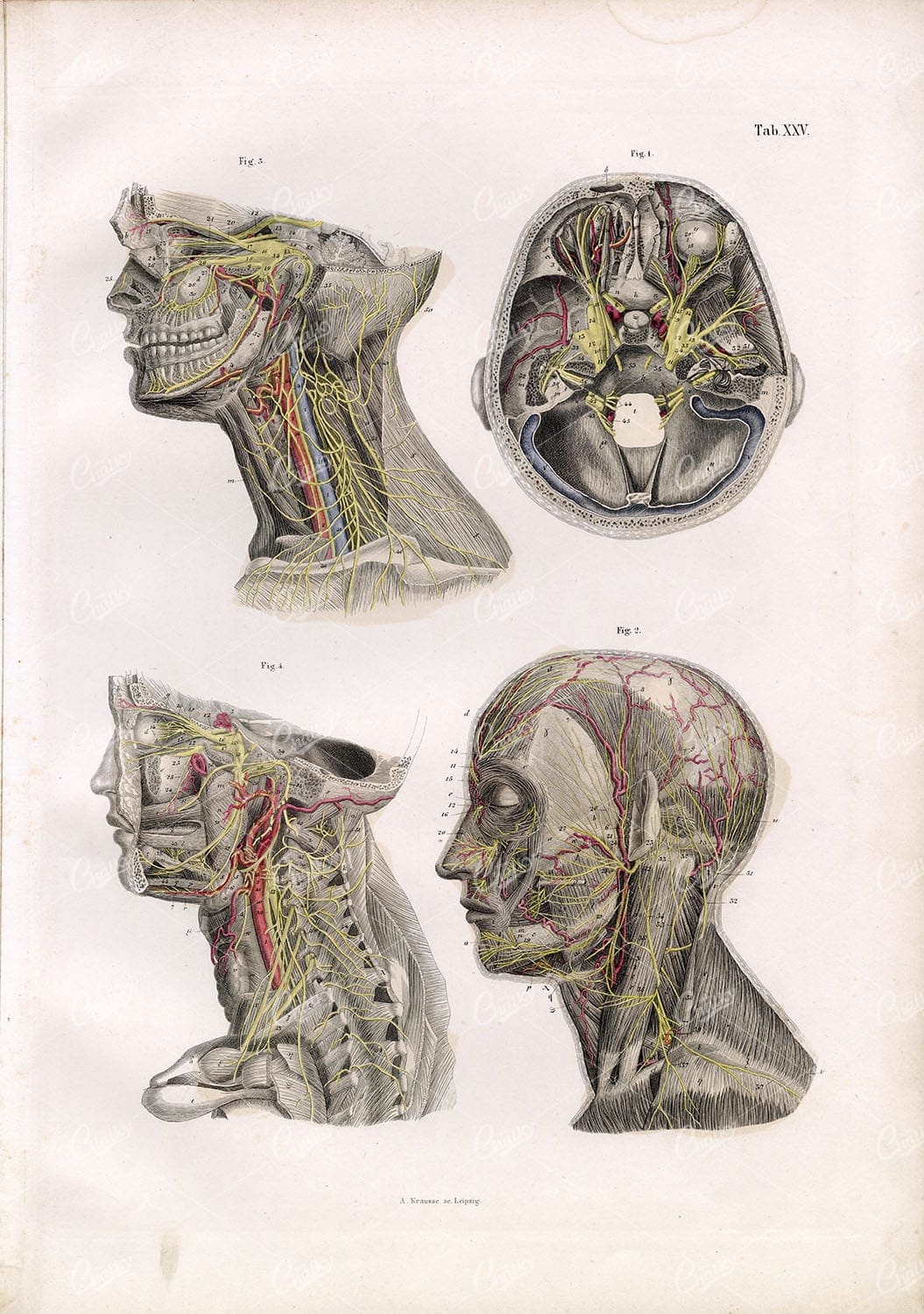

ANATOMY Bock Human Anatomy Stock Image – Nervous System Neck Head Nerves 1879
Original Colour Vintage Print from Lorenz Okenfuss' 'Oken's Naturgeschichte' (Allgemeine Naturgeschichte für alle Stände), with illustrations by Johann Susemihl (1767-1847), and published in Stuttgart by Hoffman between 1839 and 1841. Lorenz Oken (1 August 1779 - 11 August 1851) was a German naturalist, botanist, biologist, and ornithologist. Oken was born Lorenz Okenfuss (German: Okenfuß) in Bohlsbach (now part of Offenburg), Ortenau, Baden, and studied natural history and medicine at the universities of Freiburg and Würzburg. He went on to the University of Göttingen, where he became a Privatdozent (unsalaried lecturer), and shortened his name to Oken. As Lorenz Oken, he published a small work entitled Grundriss der Naturphilosophie, der Theorie der Sinne, mit der darauf gegründeten Classification der Thiere (1802). This was the first of a series of works which established him as a leader of the movement of "Naturphilosophie" in Germany.
- License Info
- Resolution: 11634 x 16420 300dpi
- Year of Print: 1843
Related Images
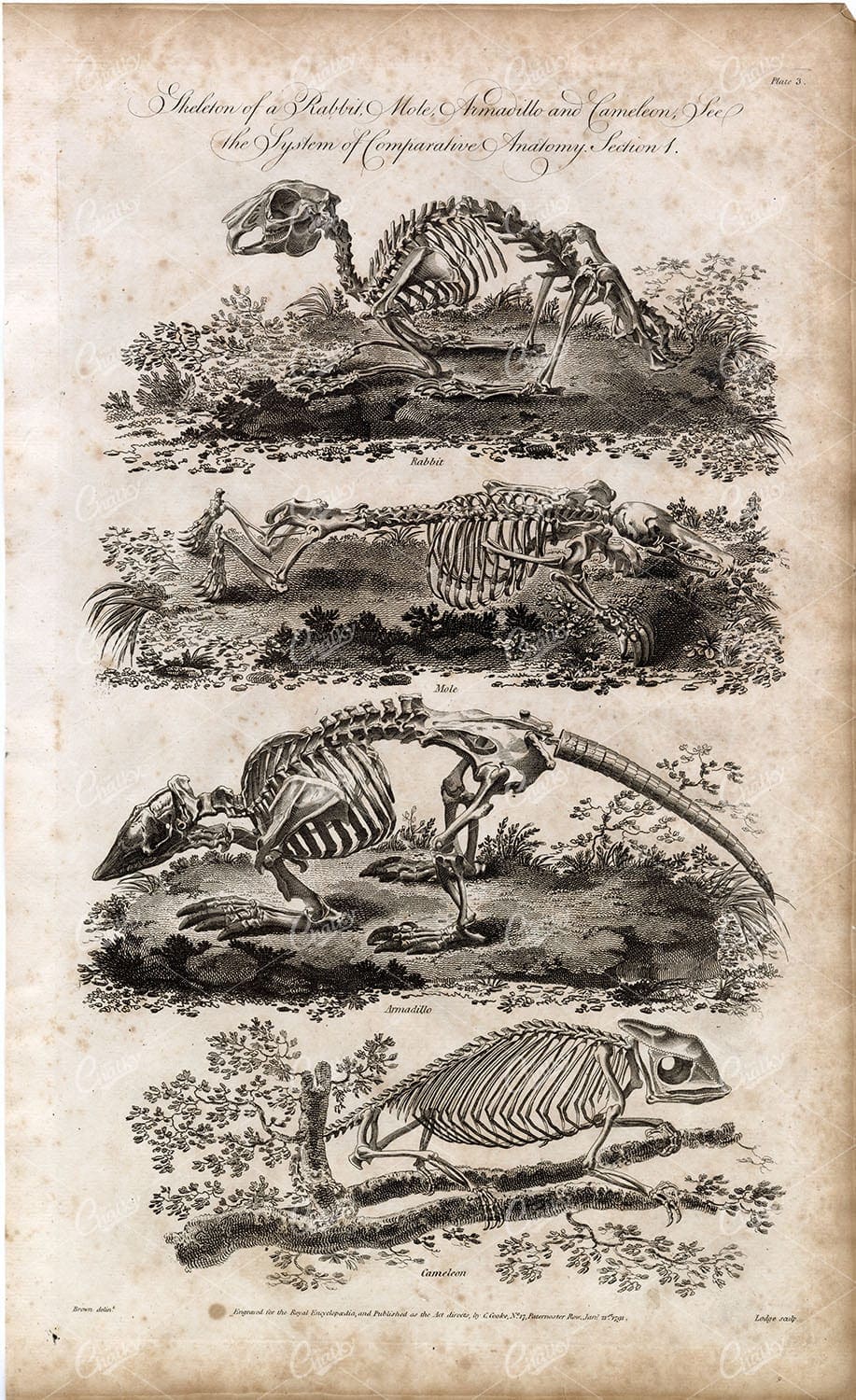

SKELETON of Rabbit, Mole, Armadillo and Chameleon – RARE Antique Print
You're looking at a scarce, 229 year old, steel plate engraving from the original "The New Encyclopaedia Or Modern Universal Dictionary Of Arts And Sciences On A New And Improved Plan" by Hall, William Henry, Bedford Row, London, published by C Cooke, London.
- License Info
- Resolution: 8300 x 13800 300dpi
- Year of Print: 1791
- Artist: C. Cooke
Related Images
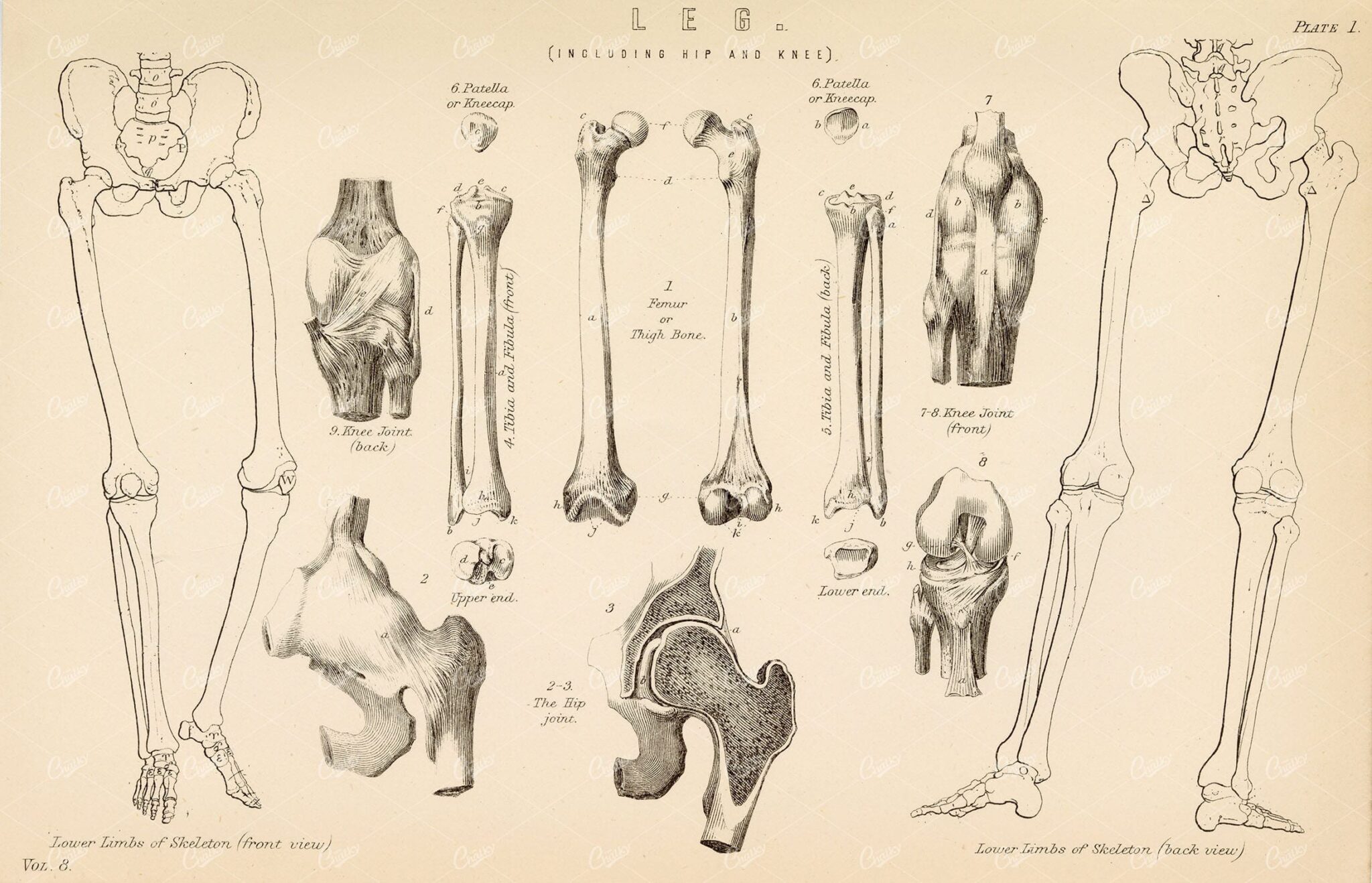

ANATOMY General Views of the Leg Skeleton. Antique 1880 Artwork
An original Antique Plate scan from the National Encyclopaedia: A Dictionary of Universal Knowledge. Published by William Mackenzie in 1880. Click on the Artist's name to see the full collection from this series!
- License Info
- Resolution: 7594 x 10009 300dpi
- Year of Print: 1880
- Artist: William Mackenzie
From this collection
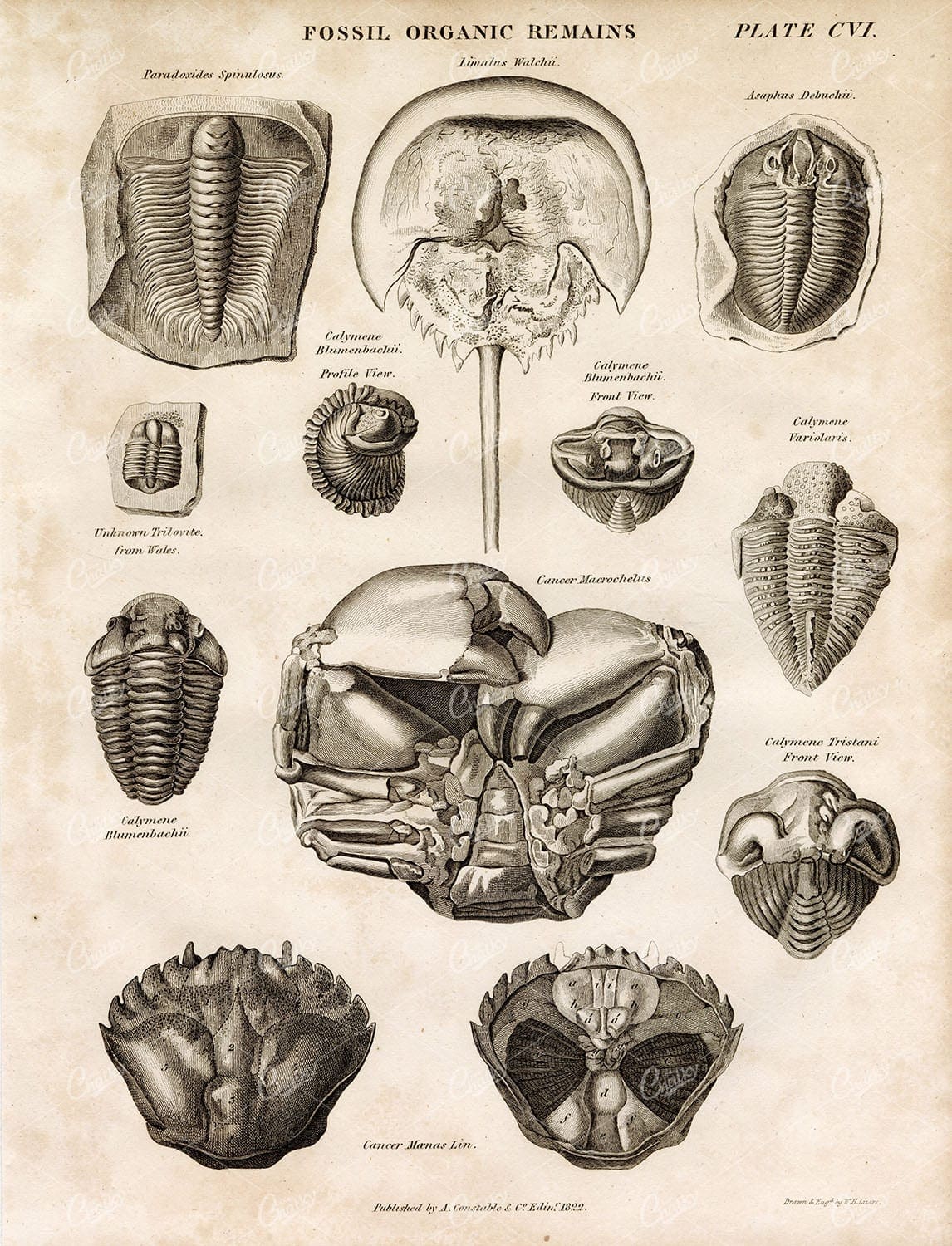

FOSSIL Remains – Horseshoe Crab and Other Species – 1822 Engraving
- License Info
- Resolution: 7232 x 9466 300dpi
- Year of Print: 1822
Related Images
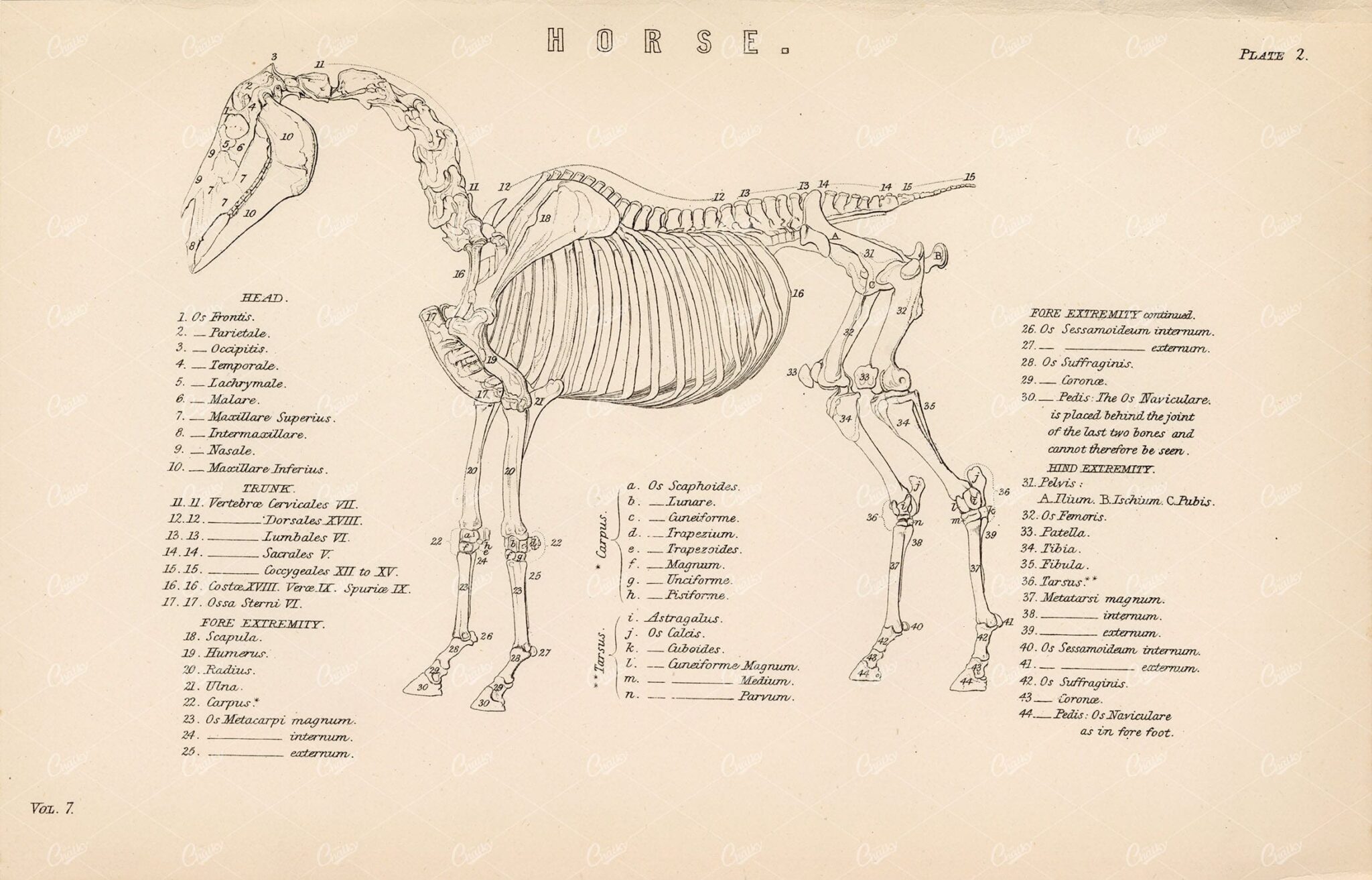

HORSE Skeleton 1880 Antique Artwork. William Mackenzie
An original Antique Plate scan from the National Encyclopaedia: A Dictionary of Universal Knowledge. Published by William Mackenzie in 1880. Click on the Artist's name to see the full collection from this series!
- License Info
- Resolution: 7594 x 10009 300dpi
- Year of Print: 1880
- Artist: William Mackenzie
From this collection
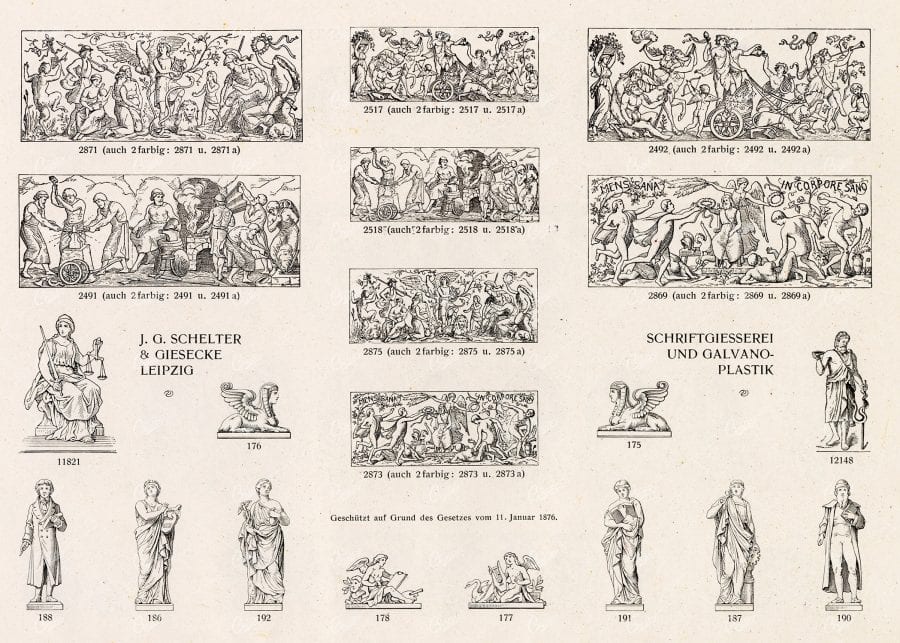
Support the Library
Our supporters and members help us continue collecting and restoring these wonderful pieces of art for the modern creator
Unlock Everything and Become a Member!
While a lot of the library is available for free, some is kept behind closed dusty doors only to be accessed by our lovely members.
